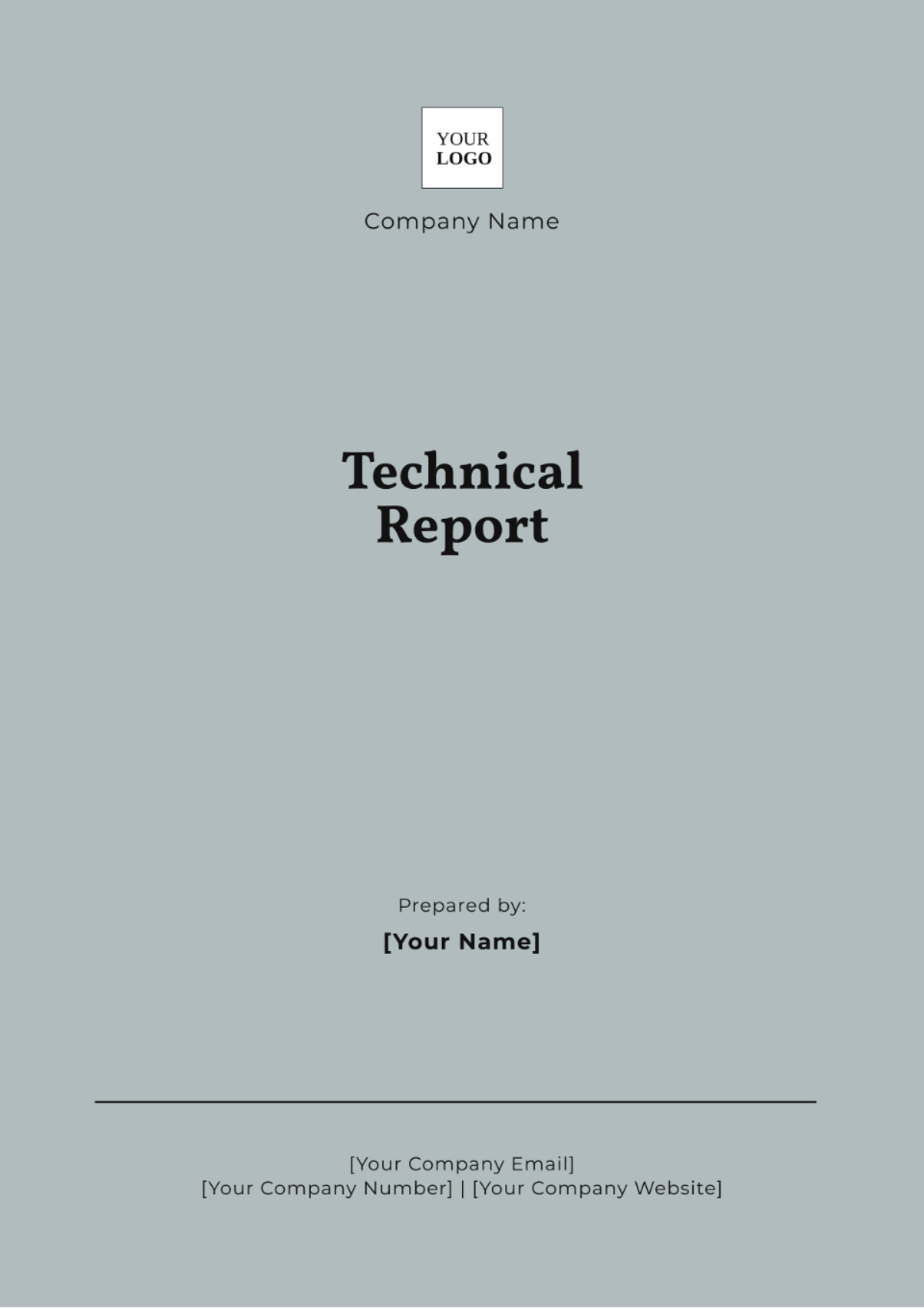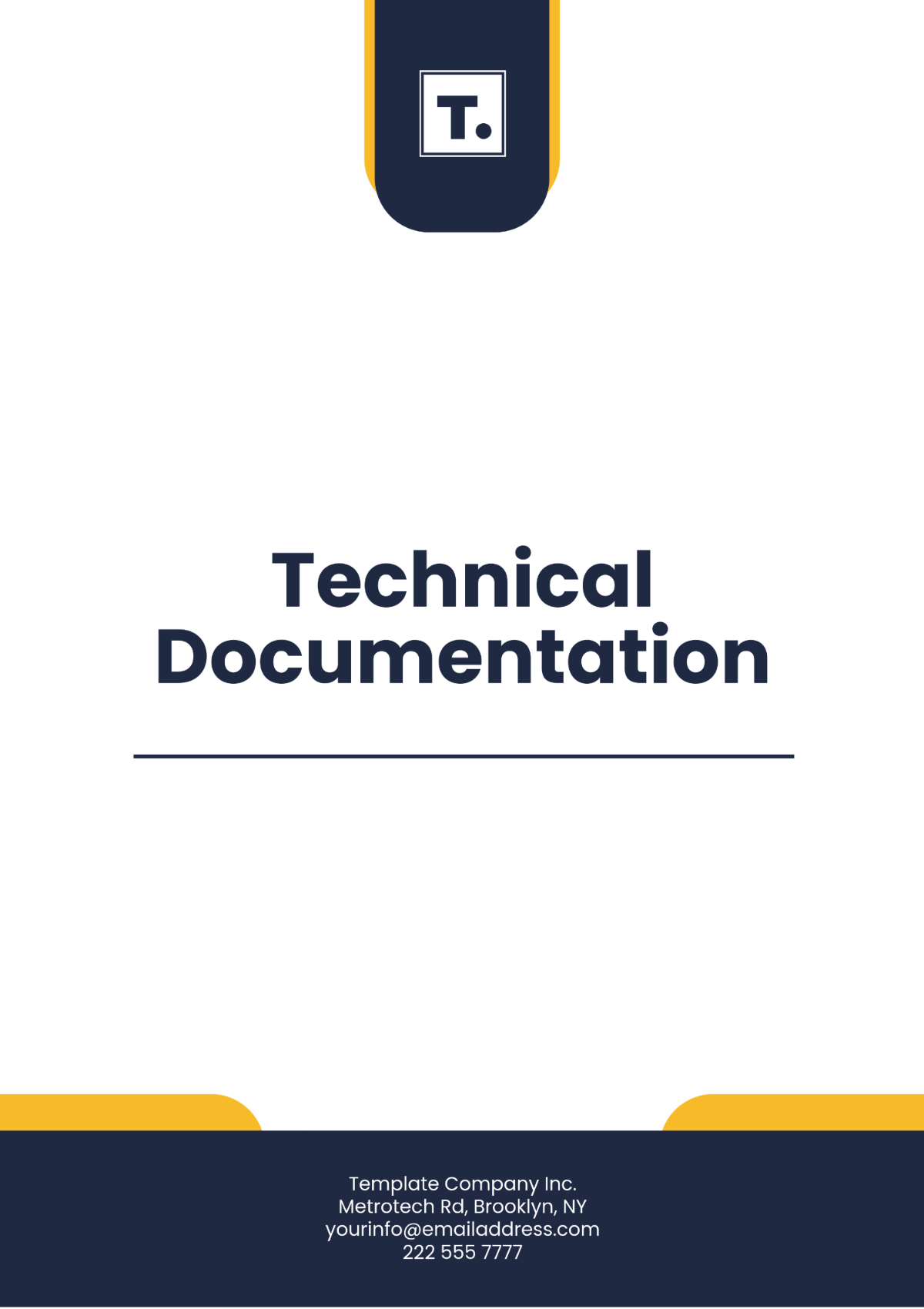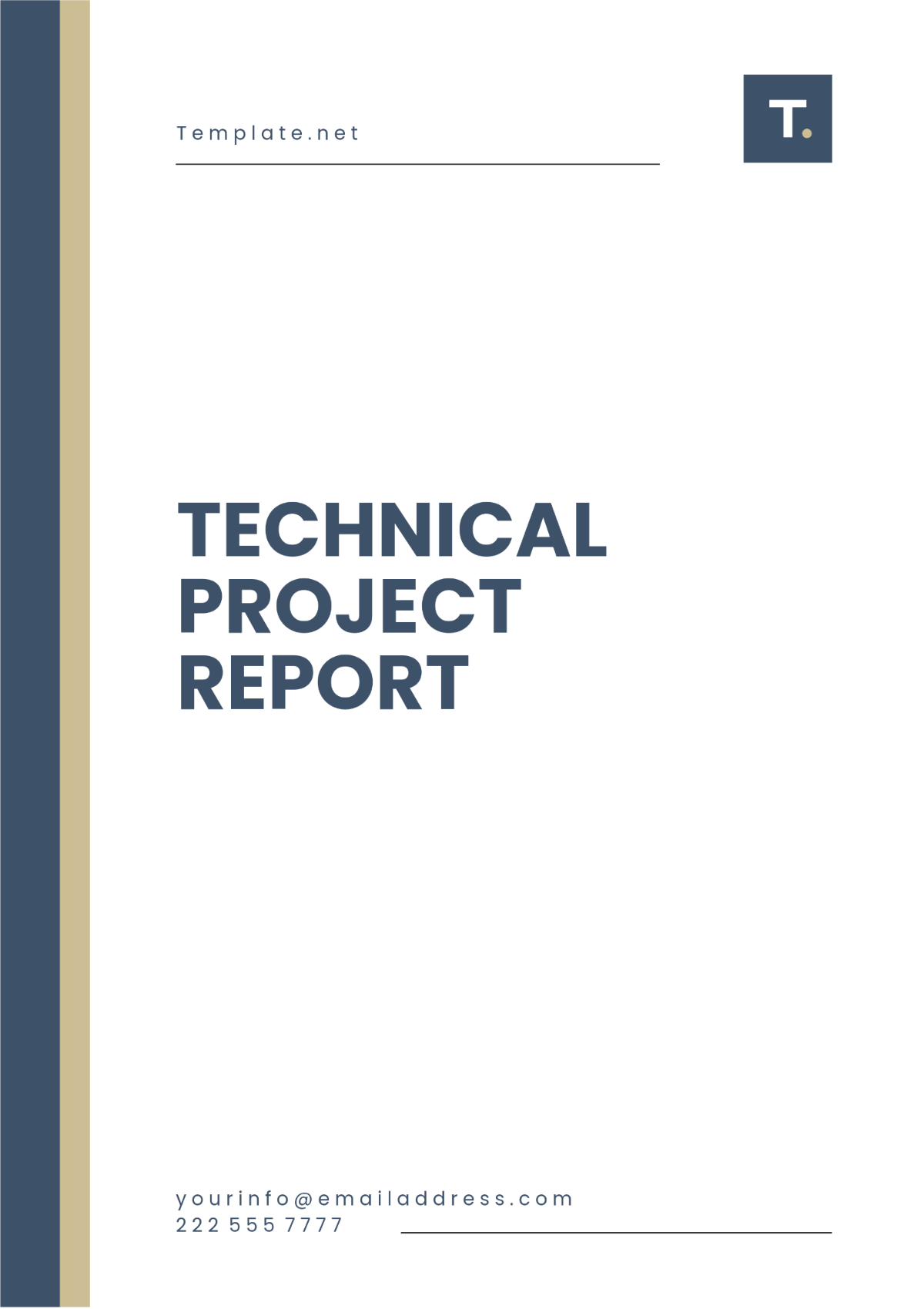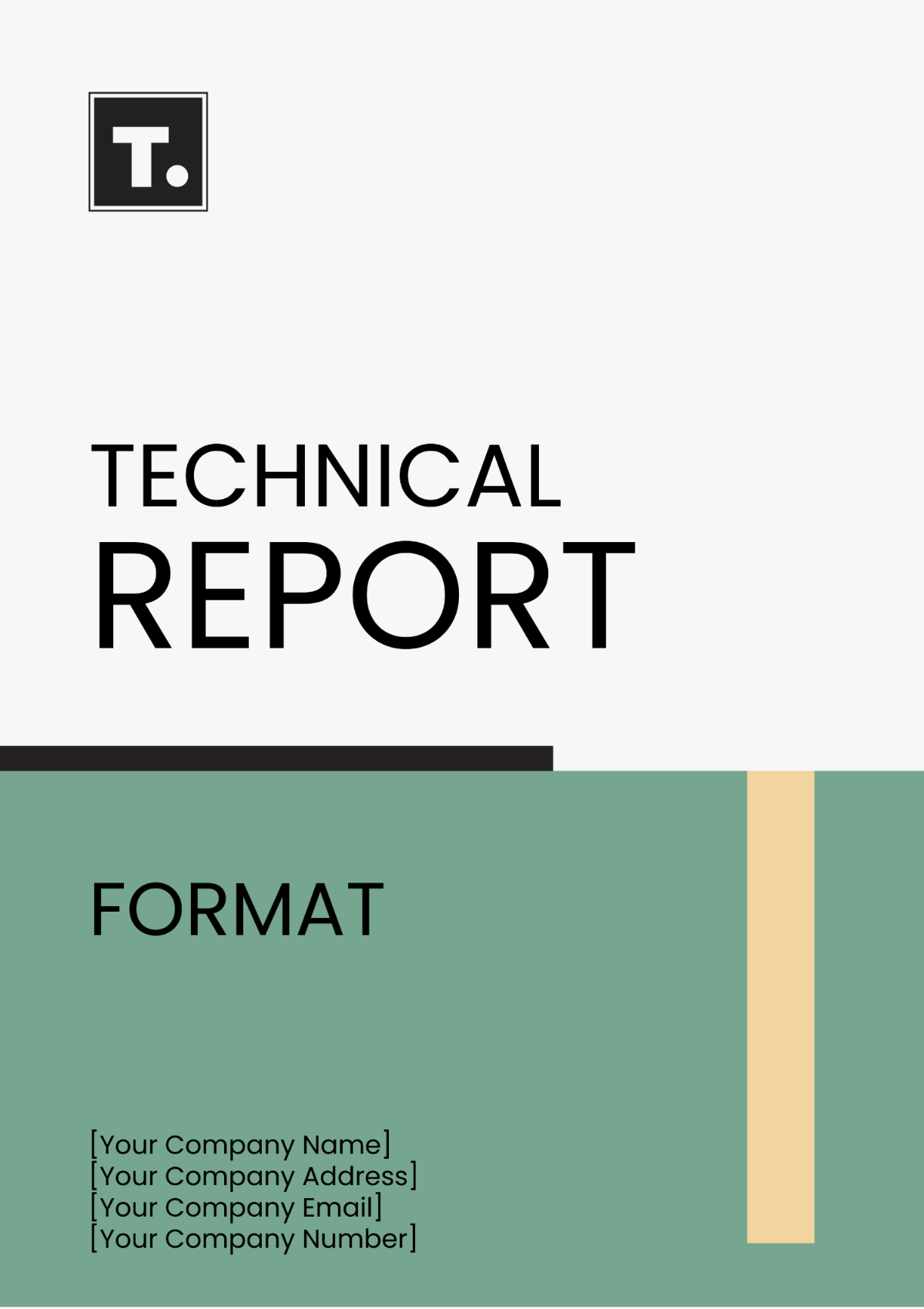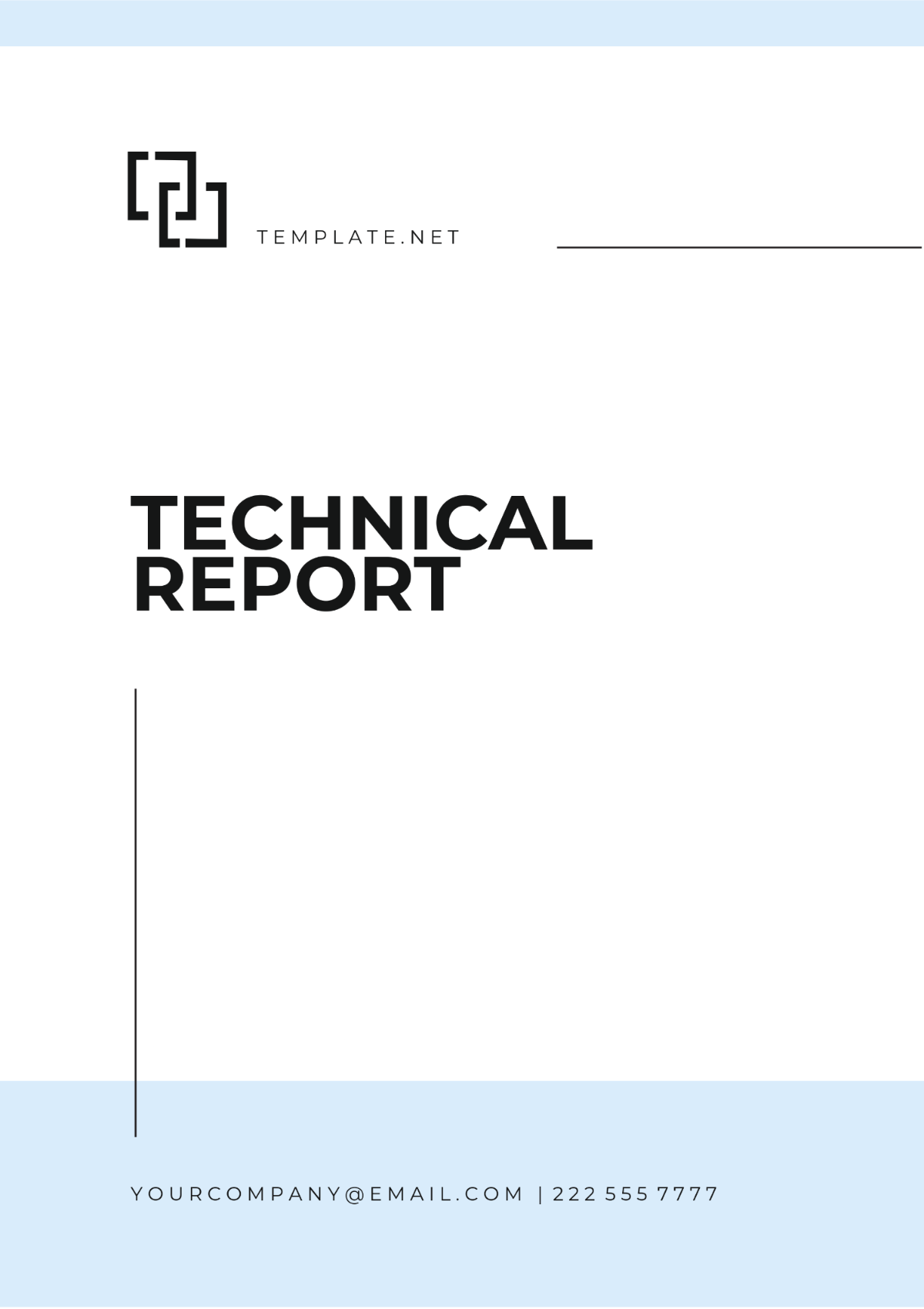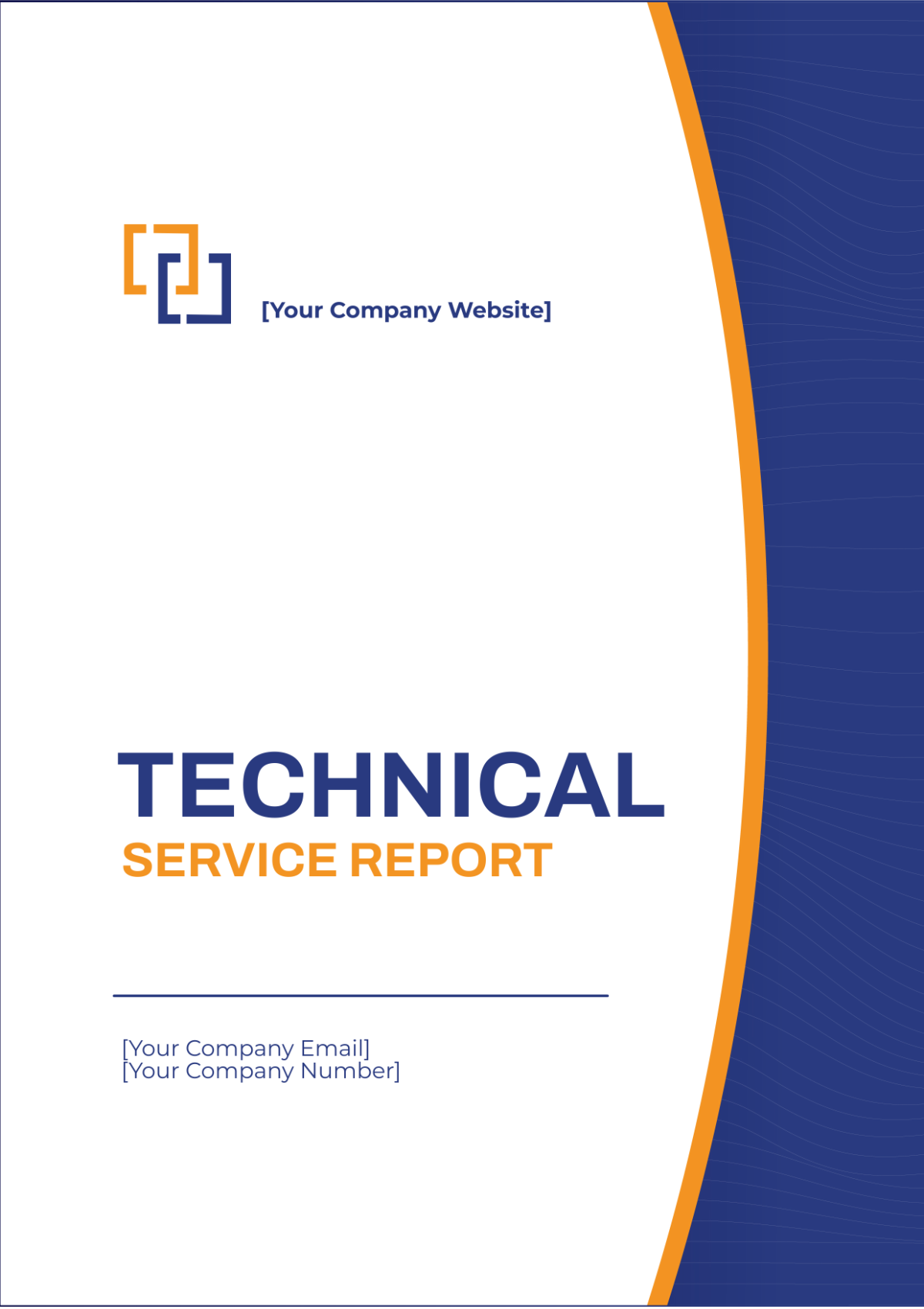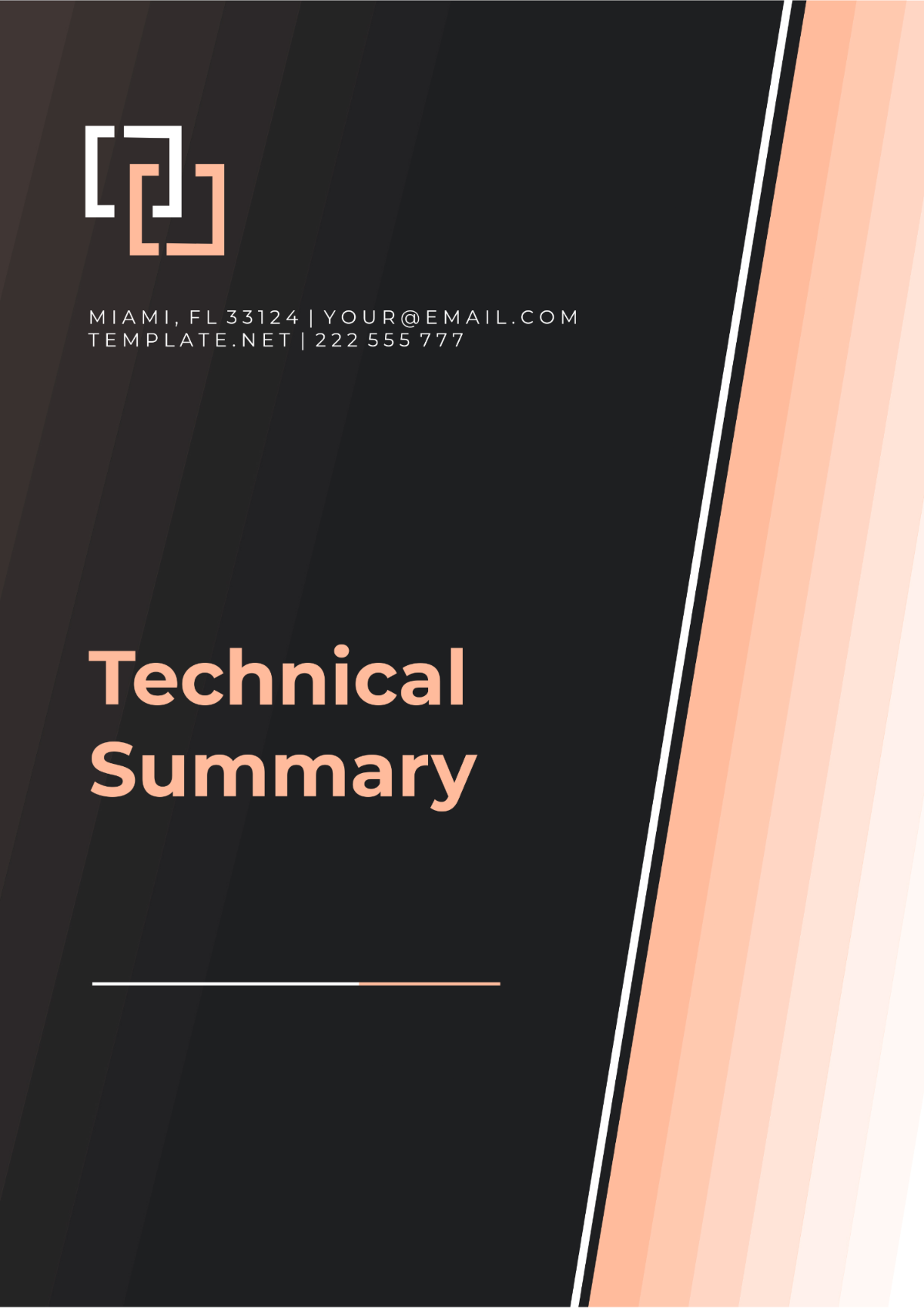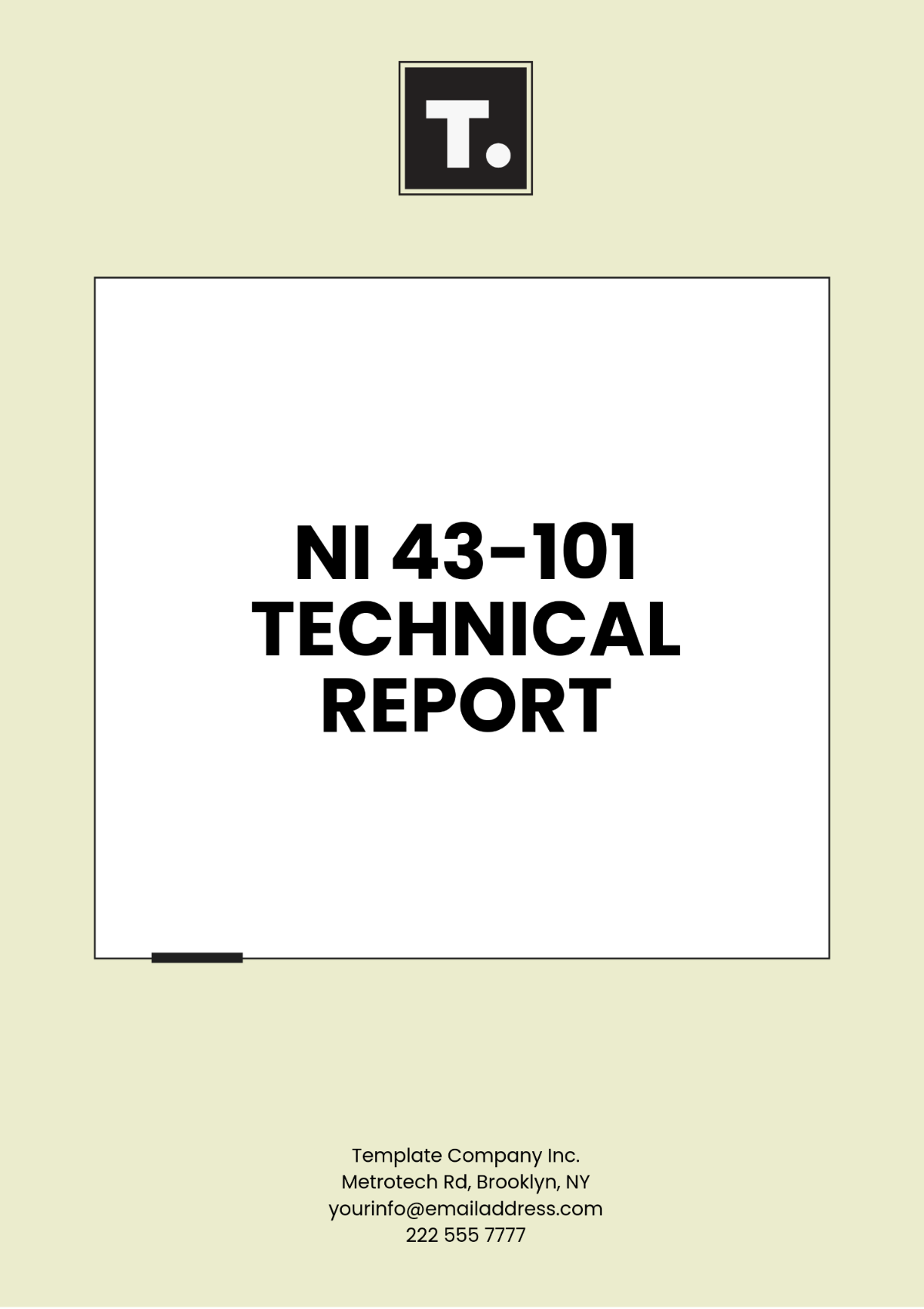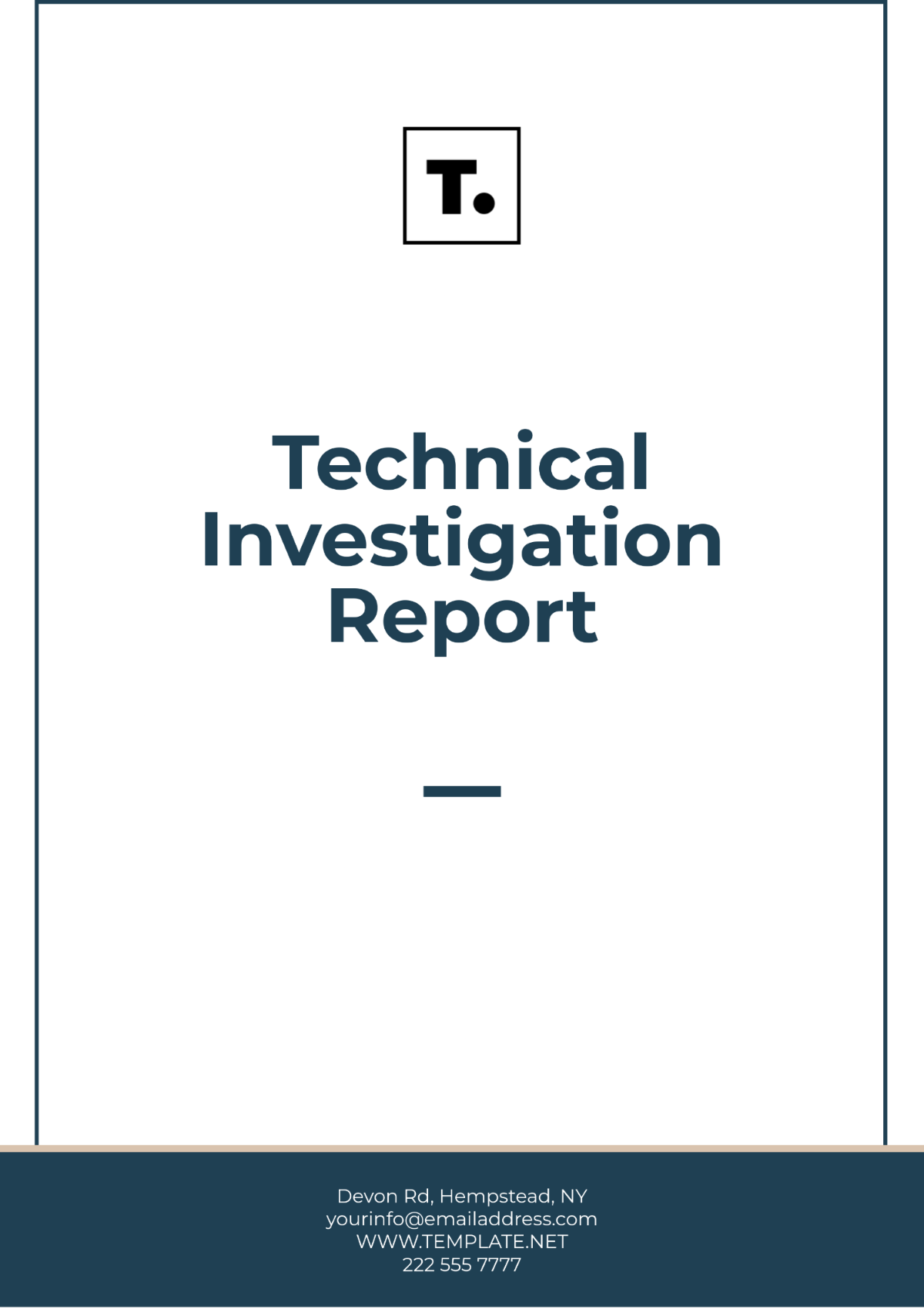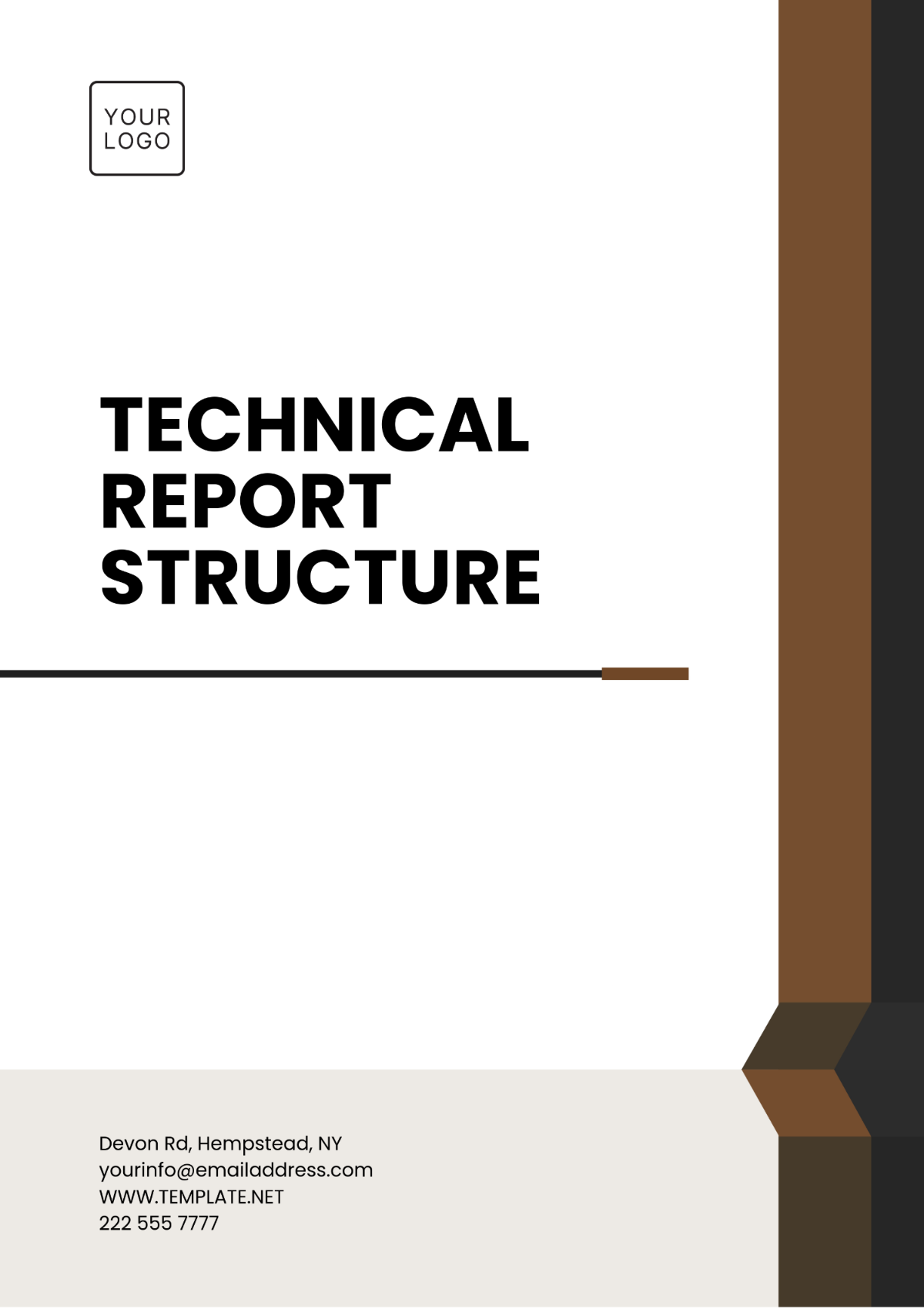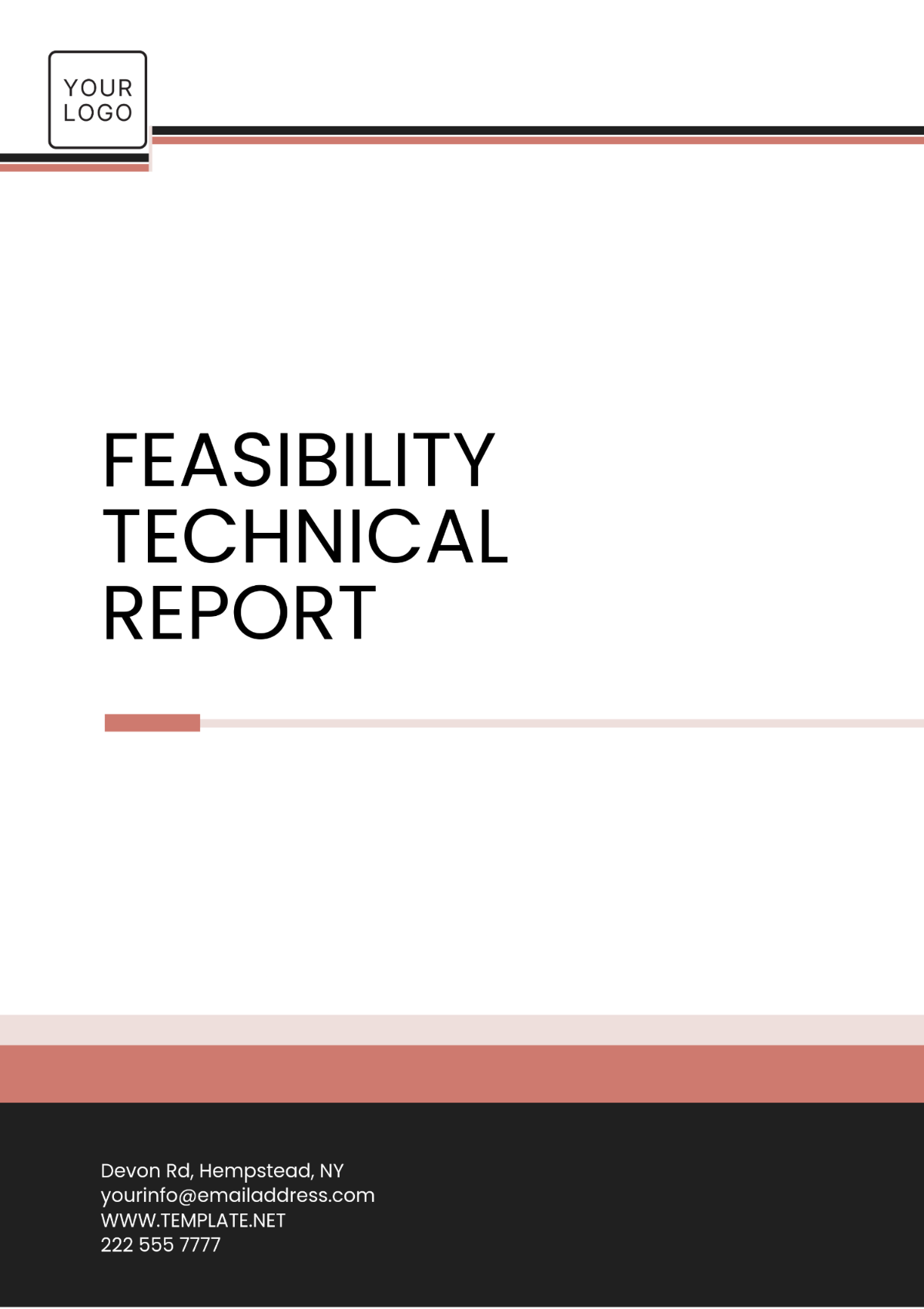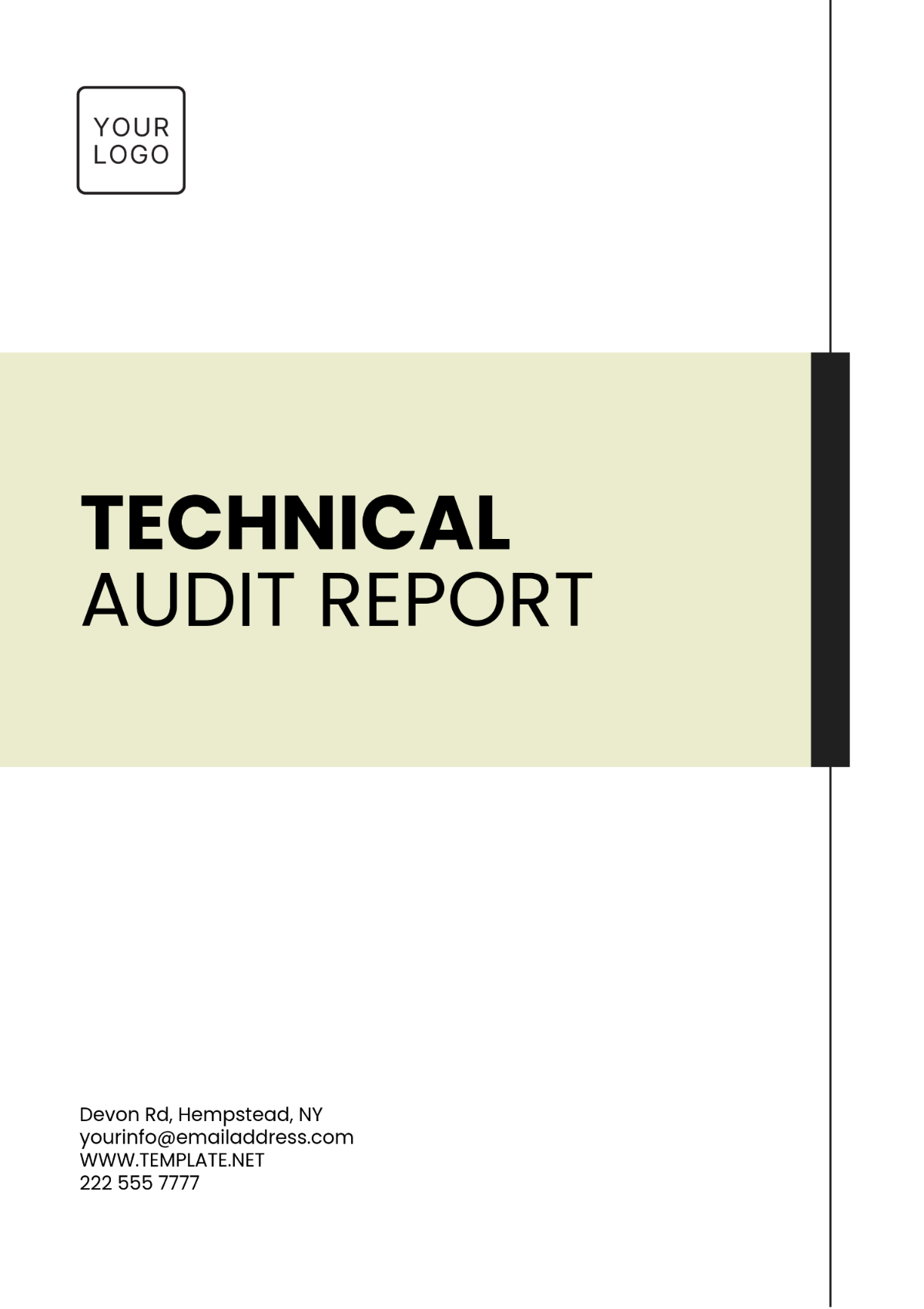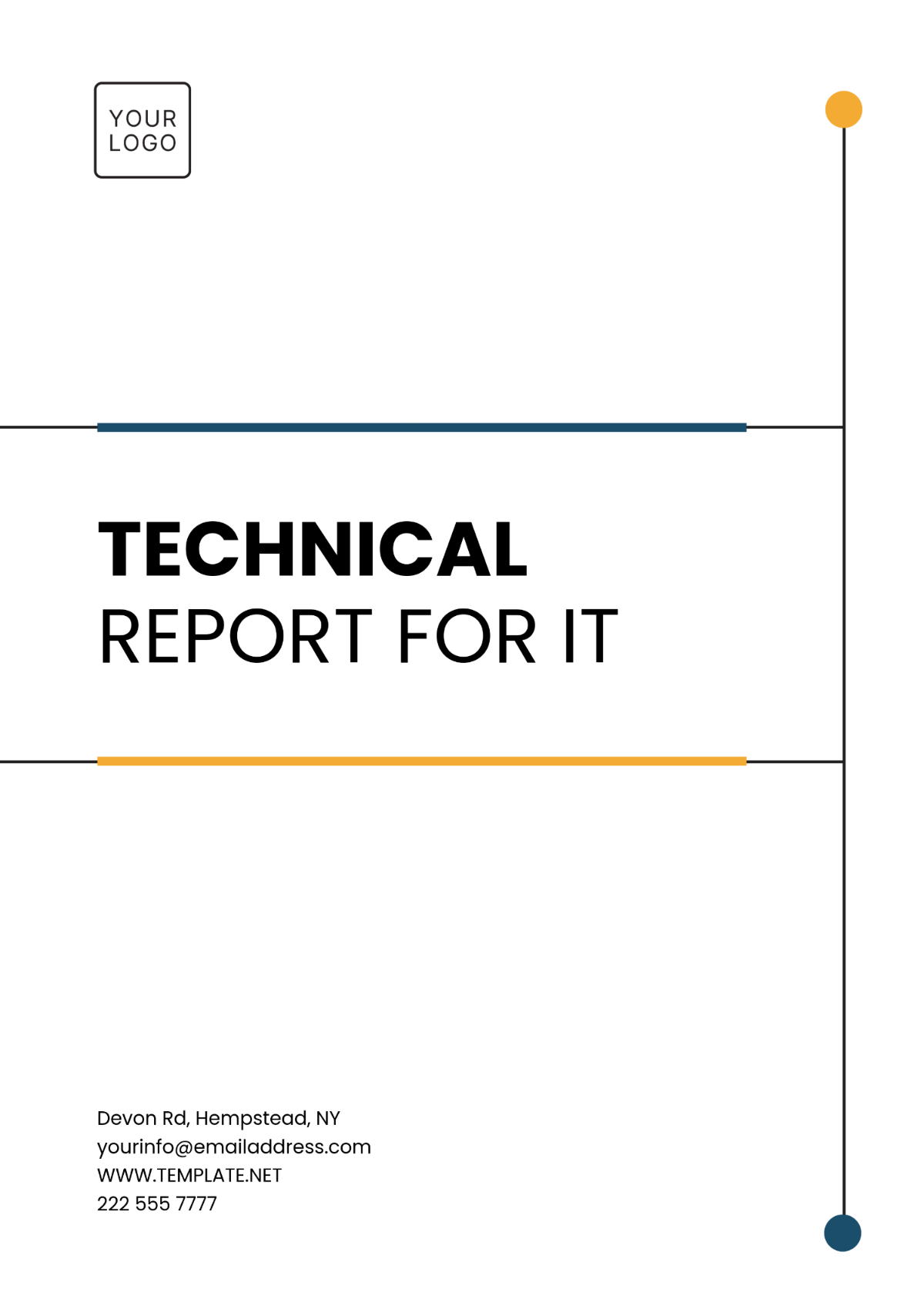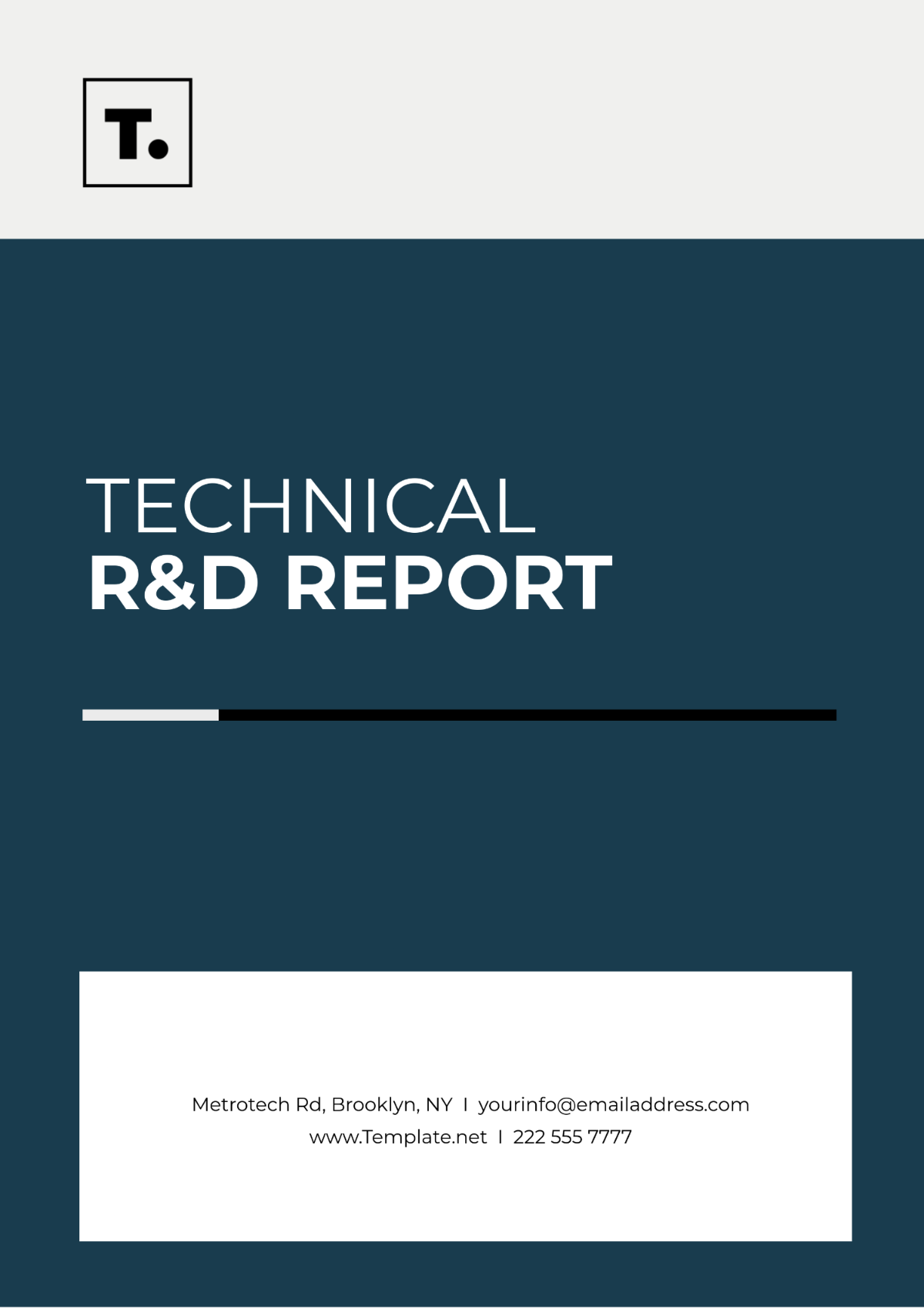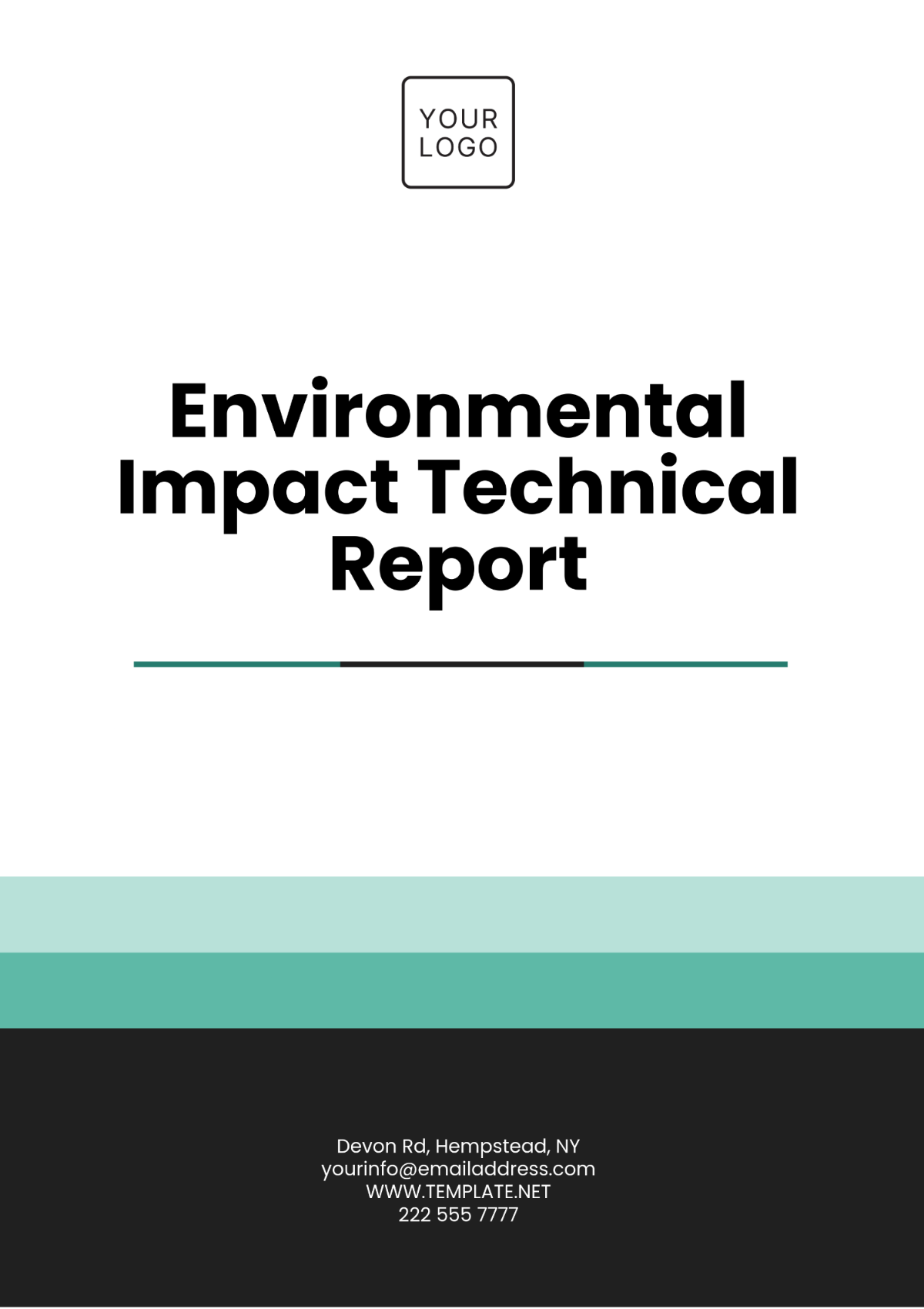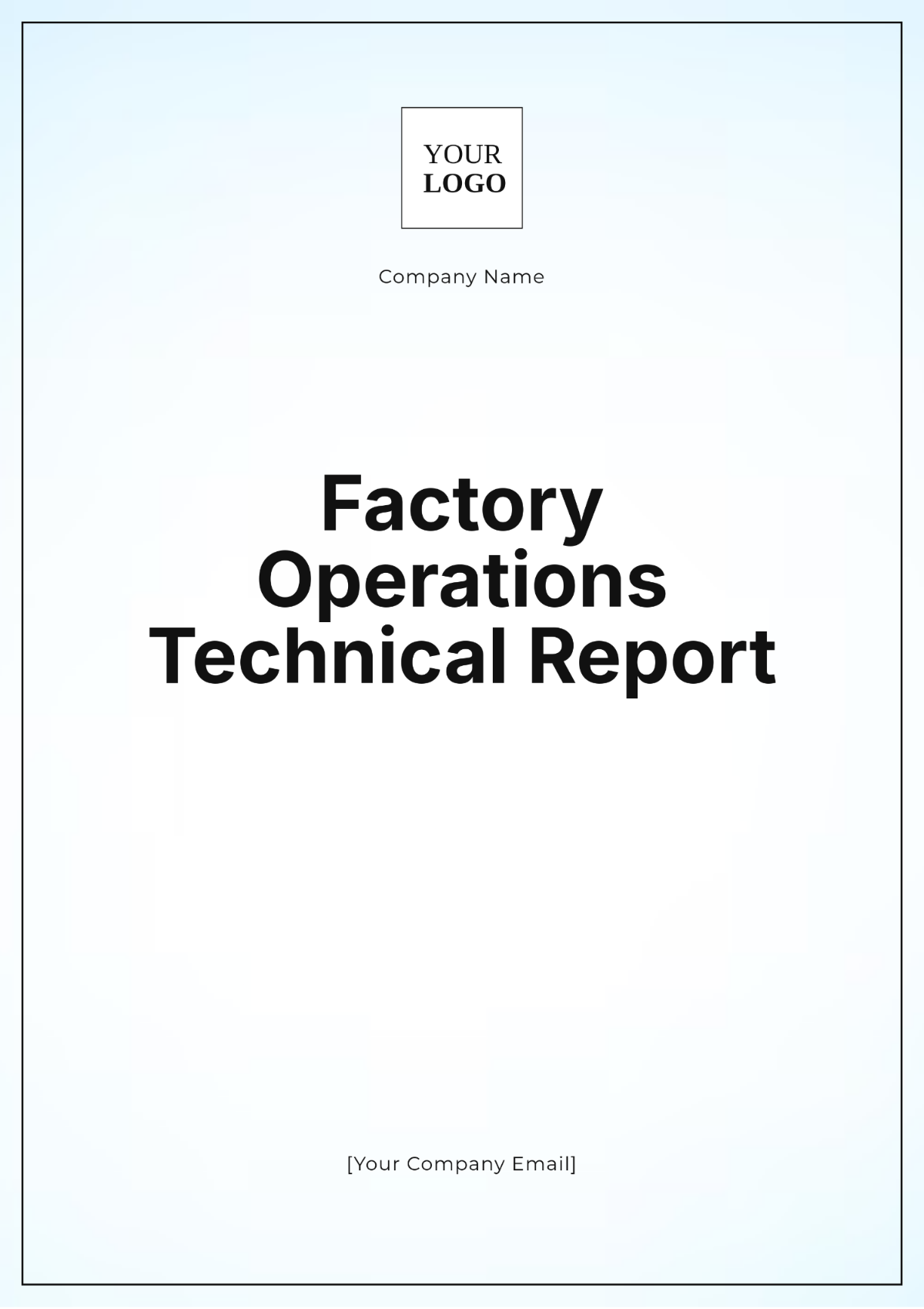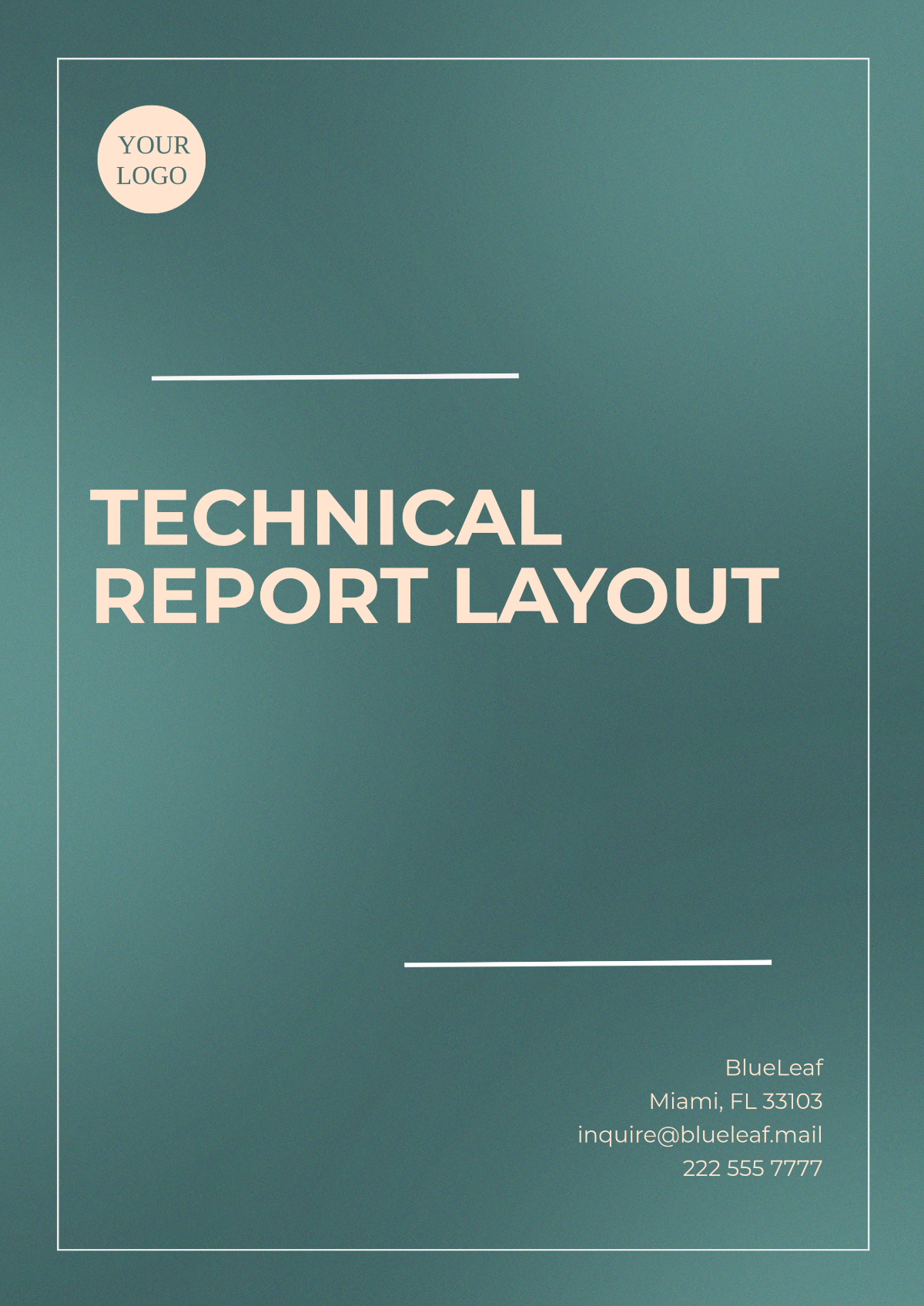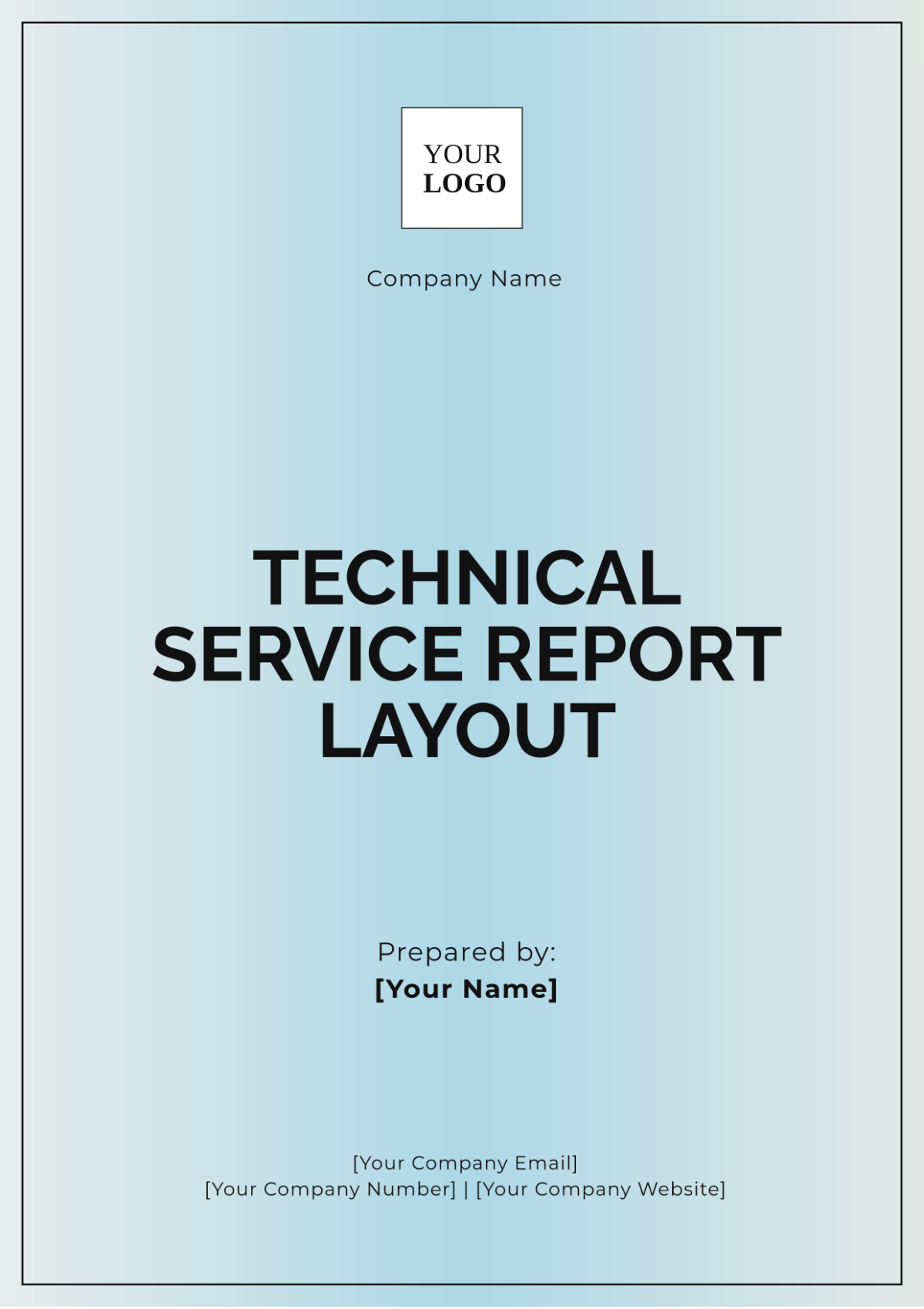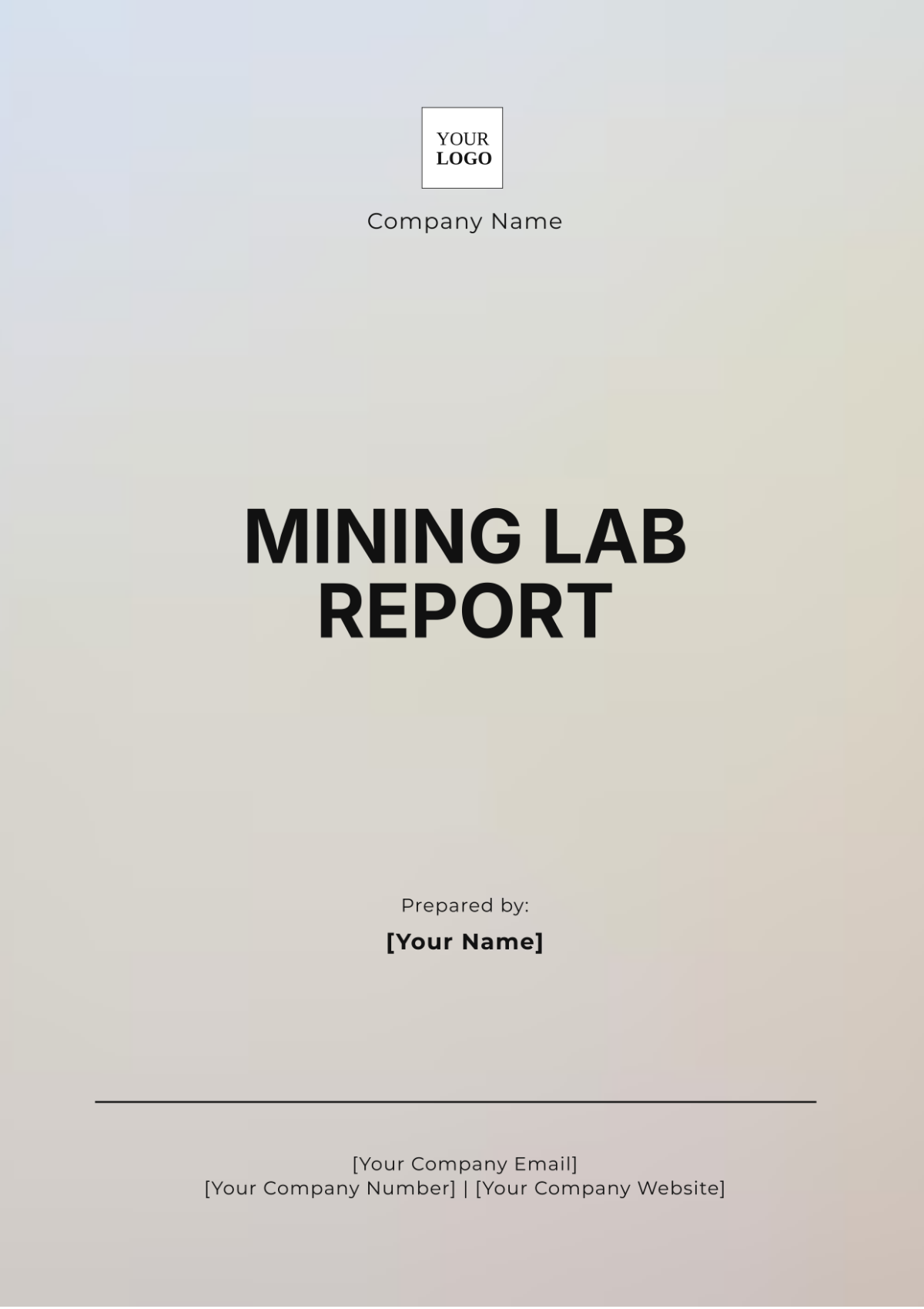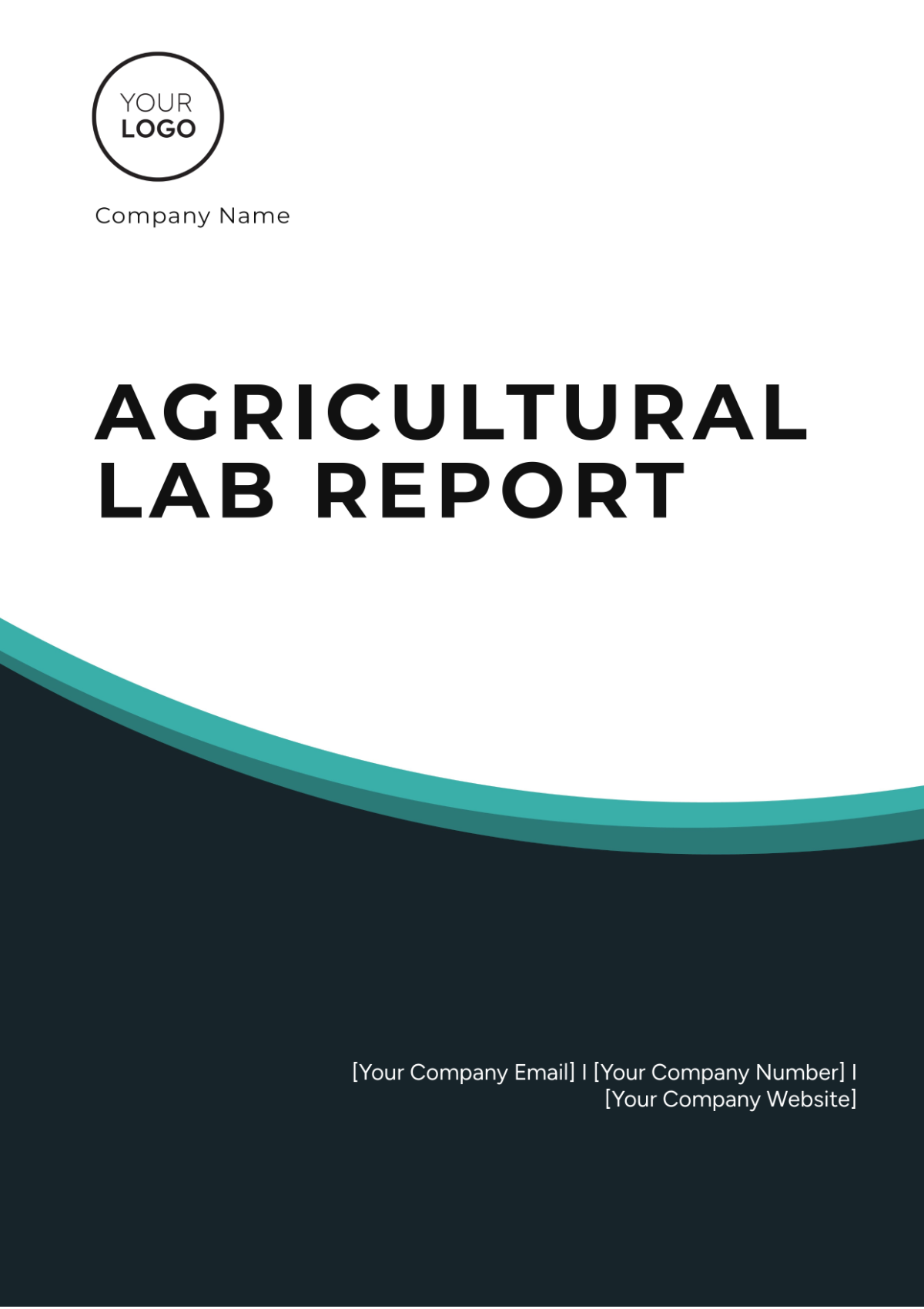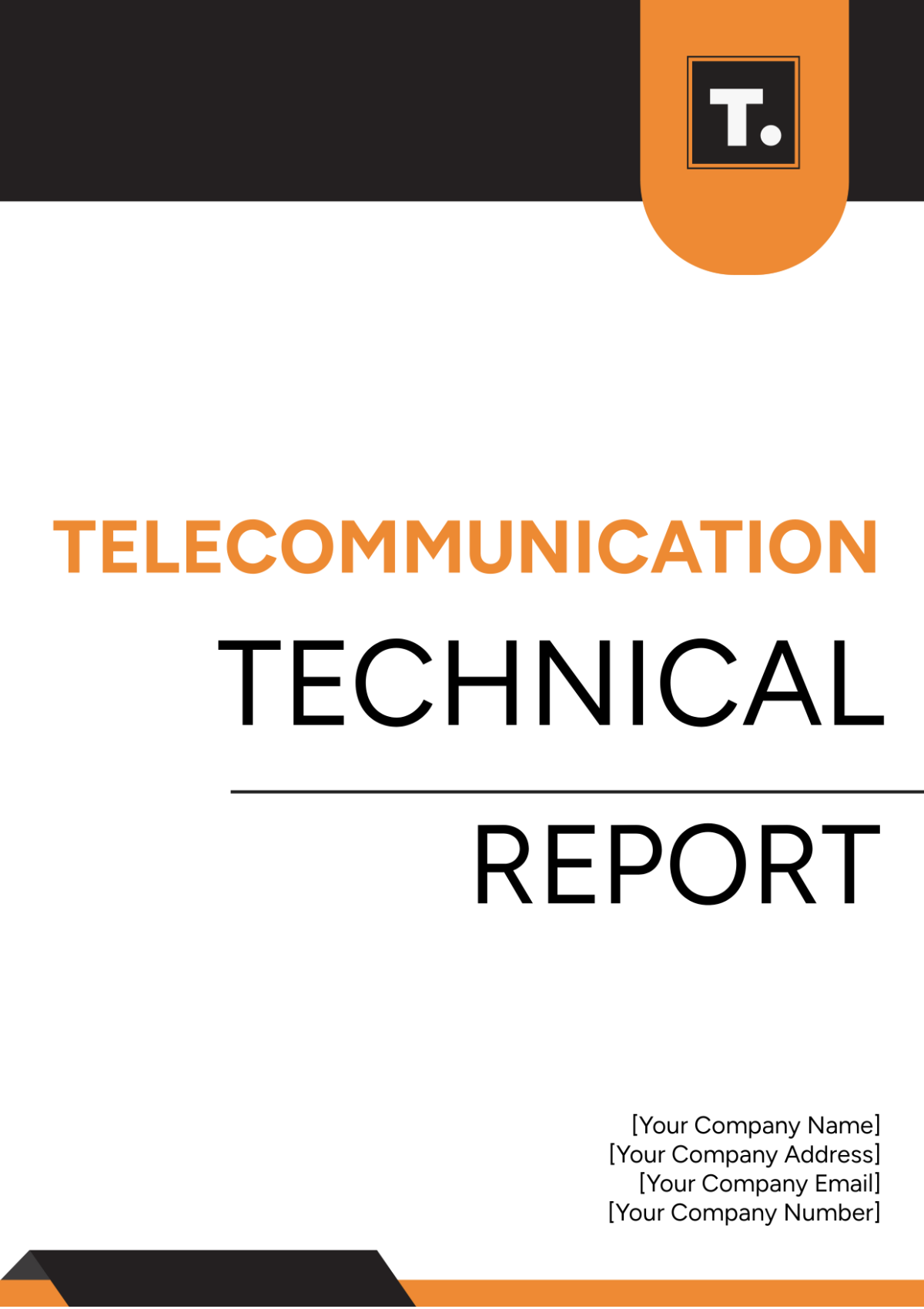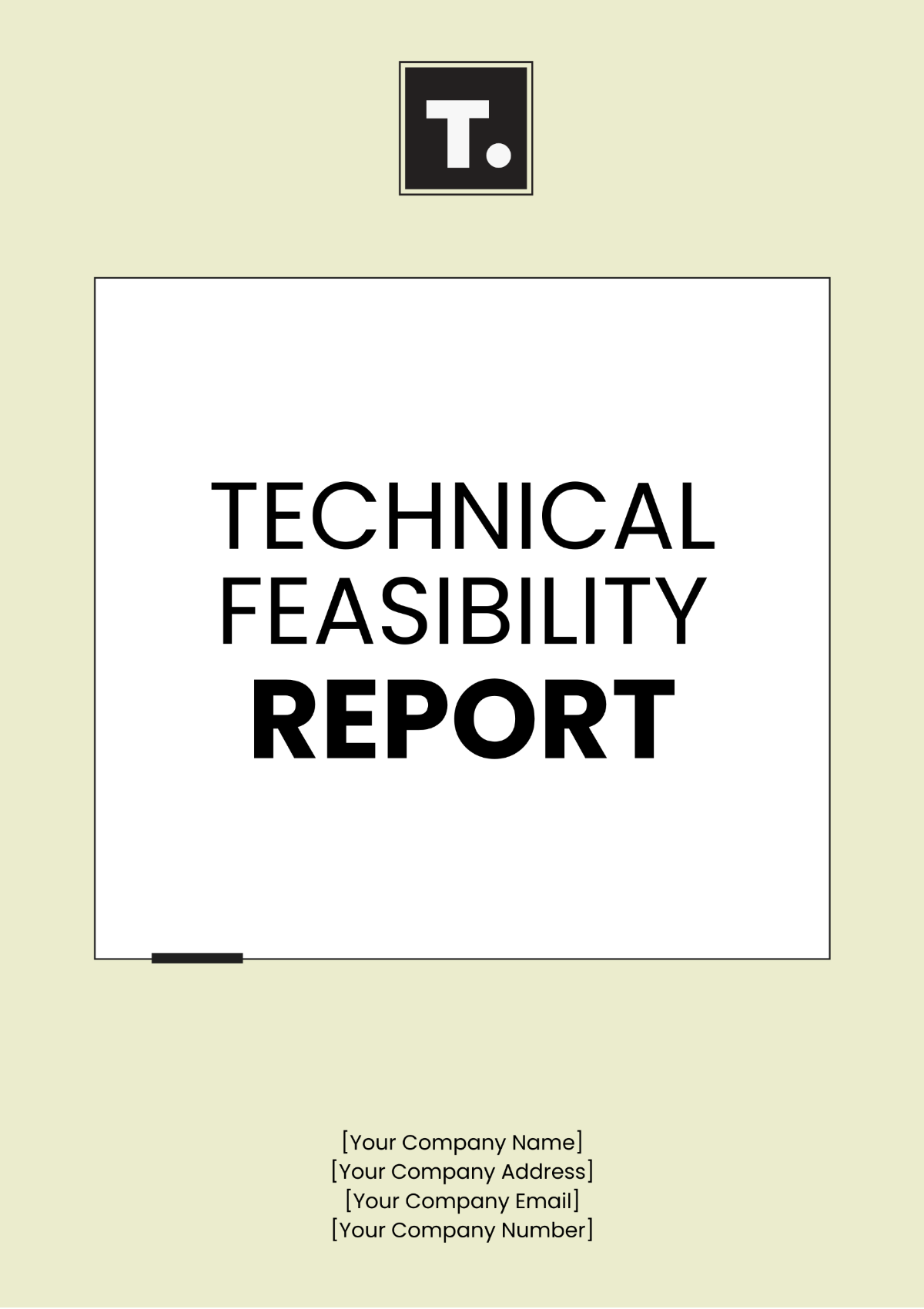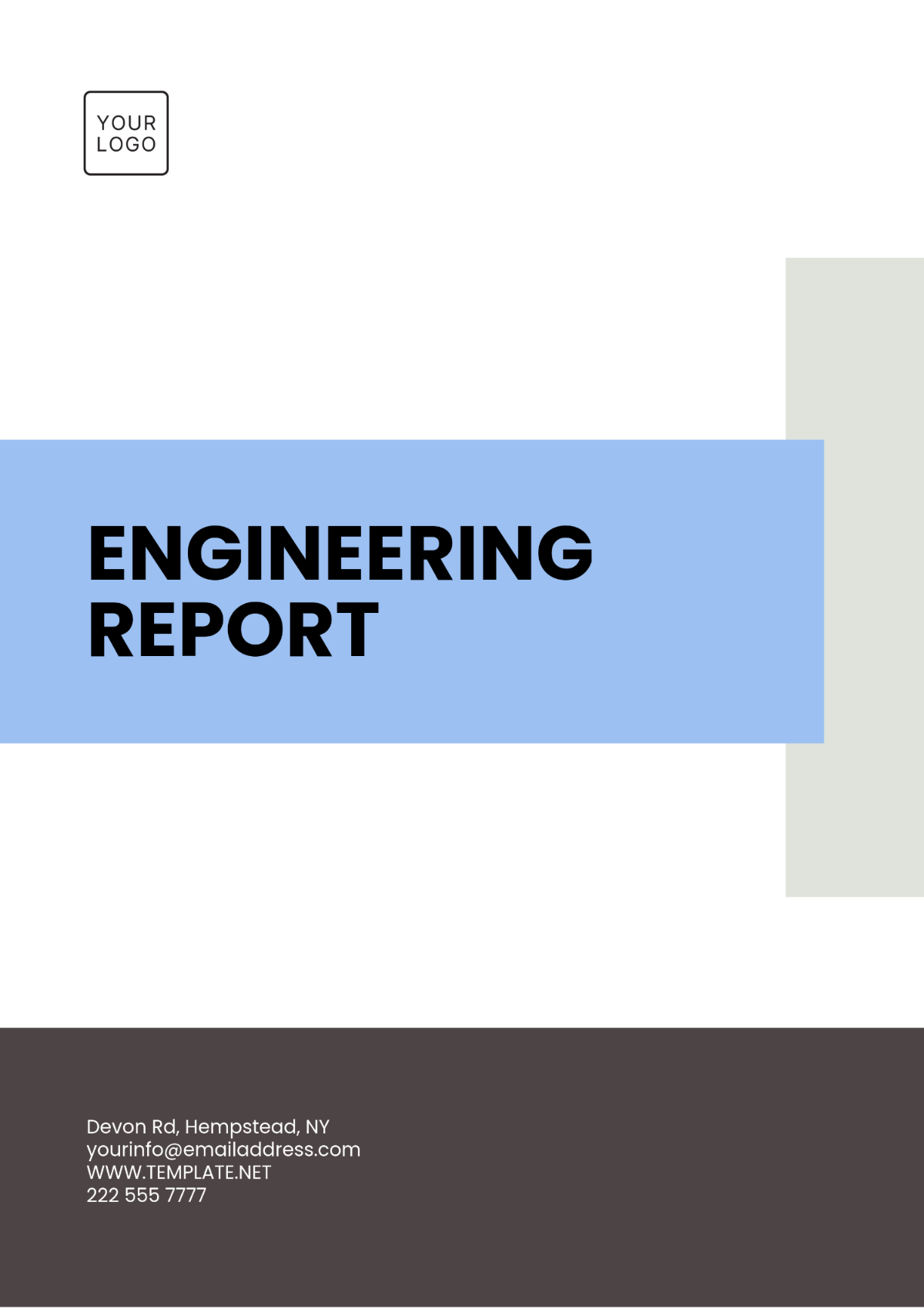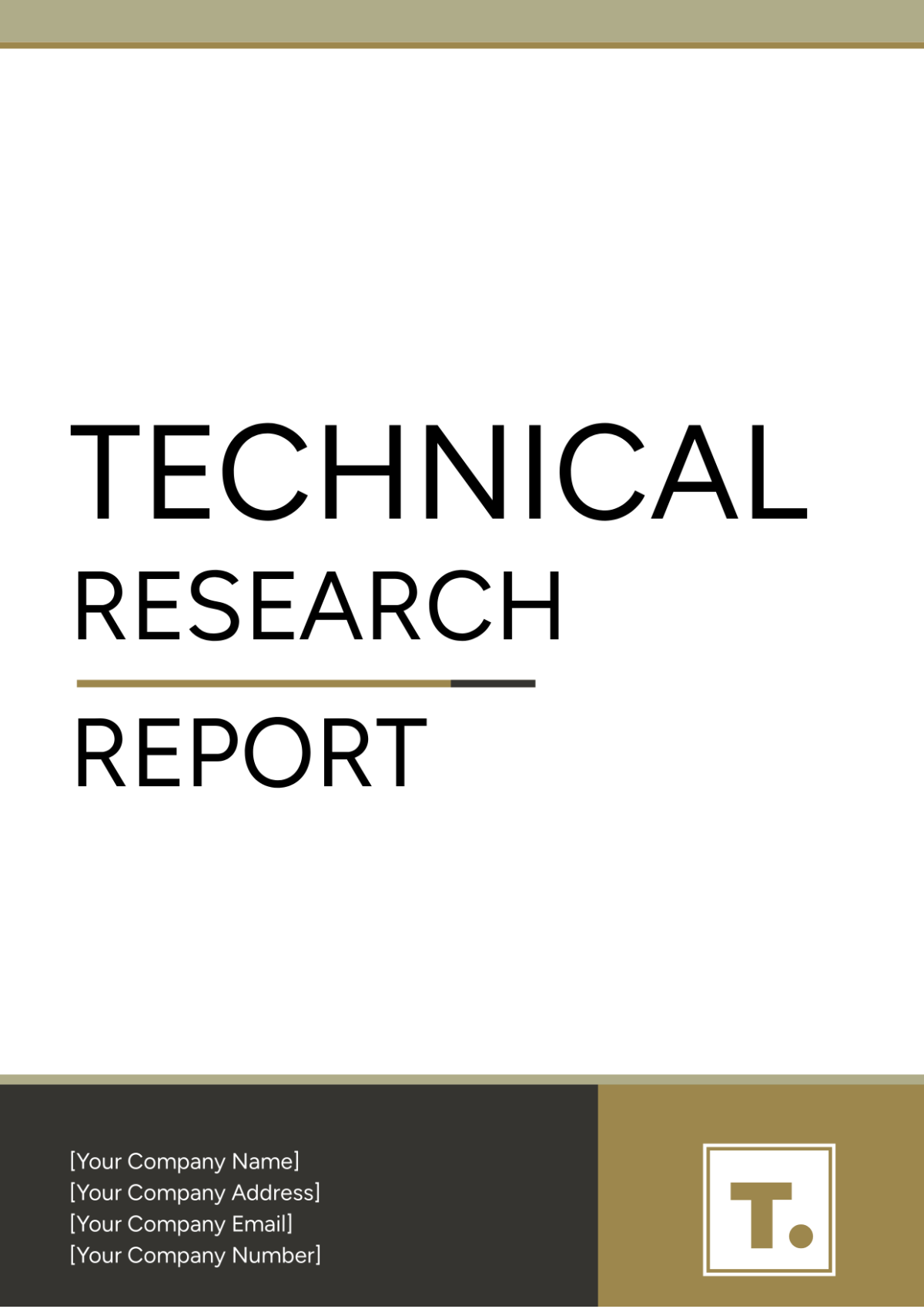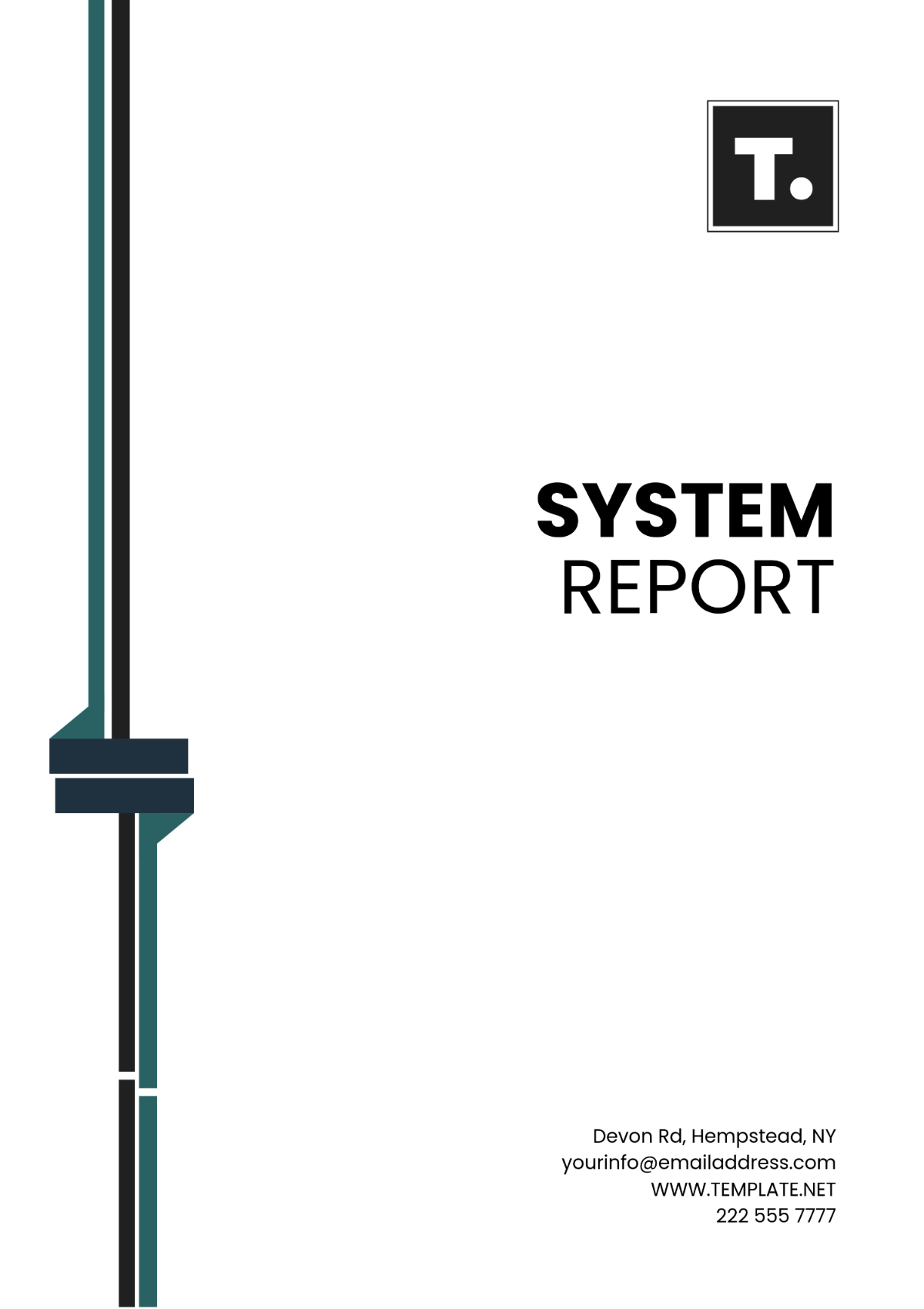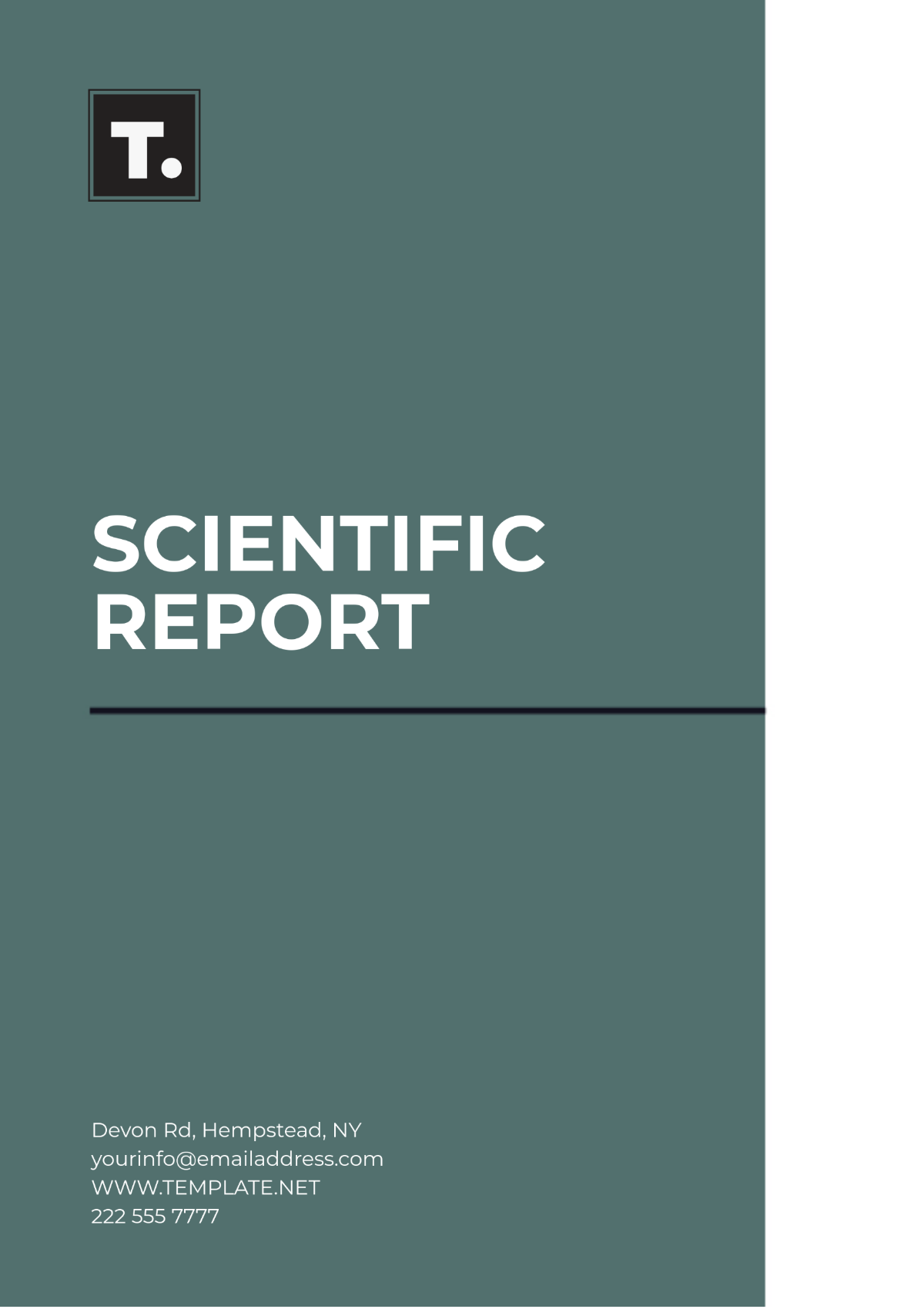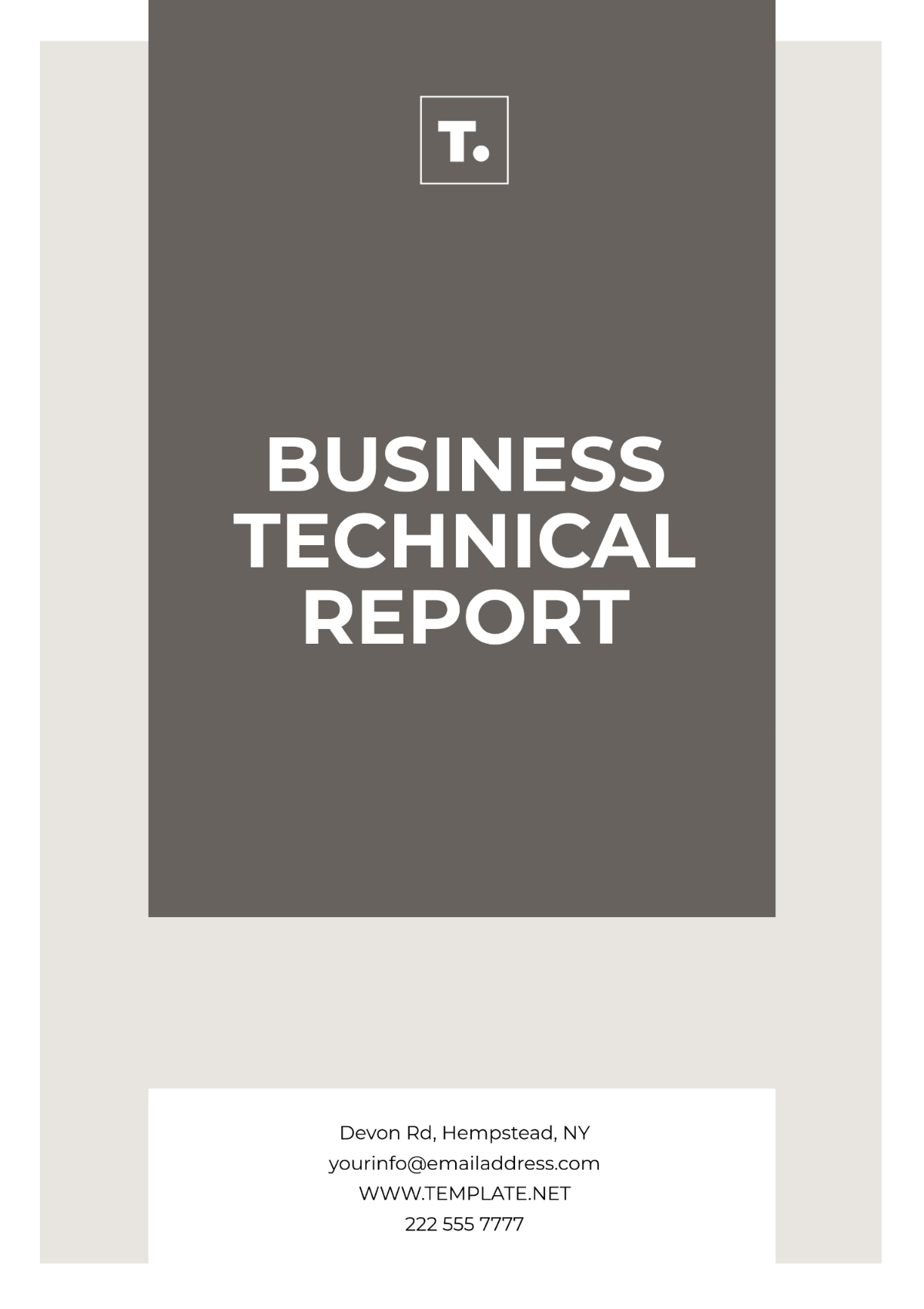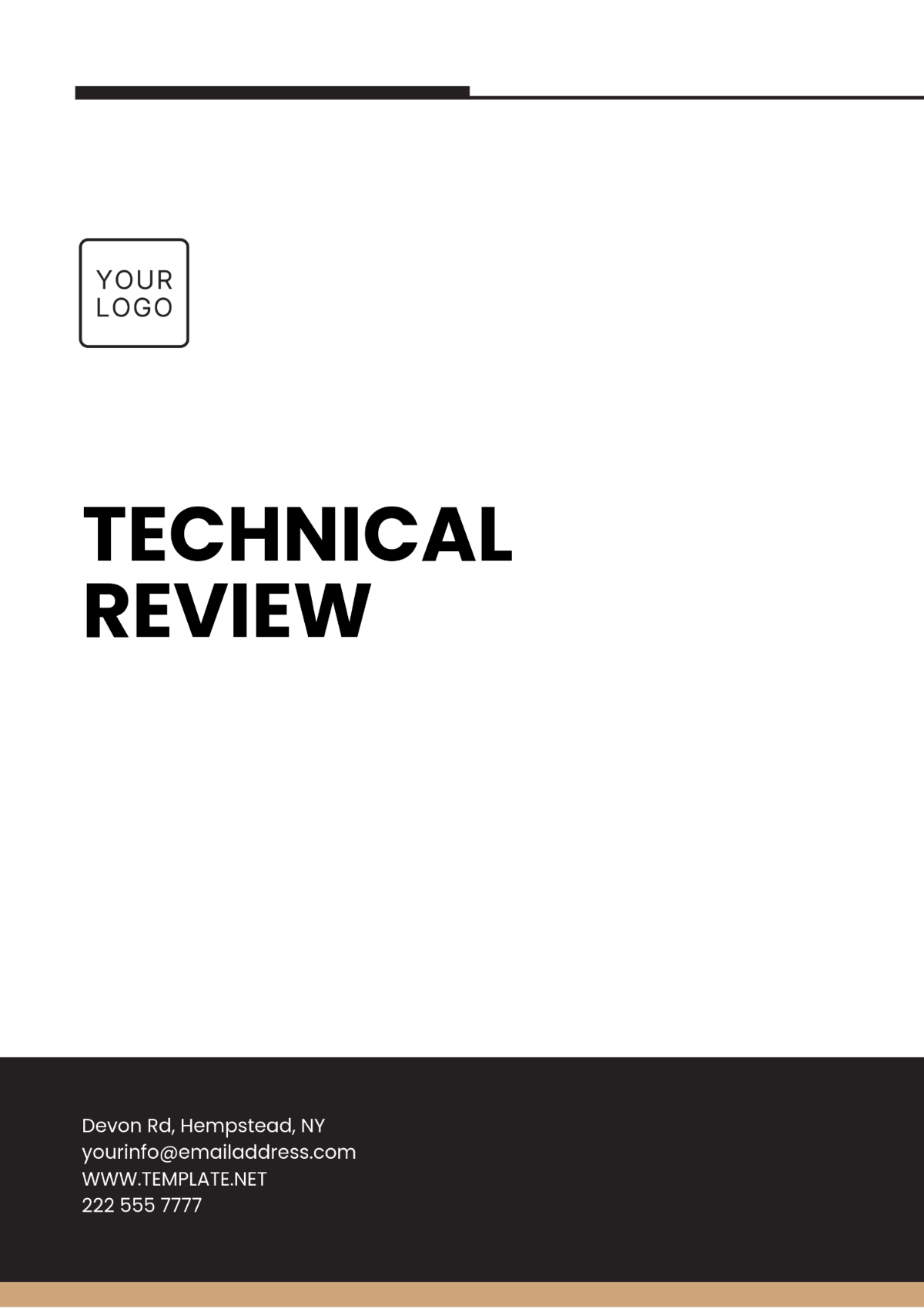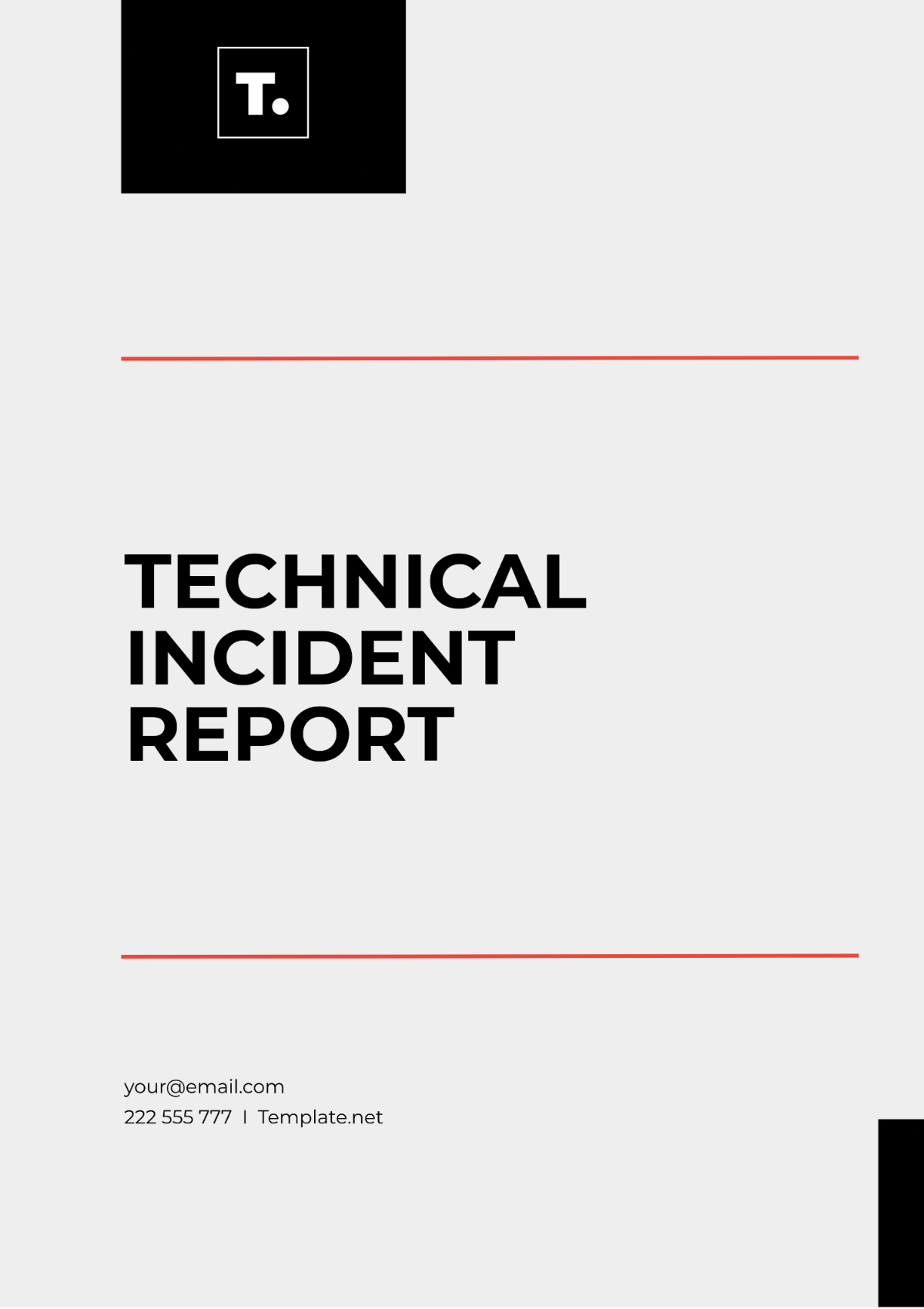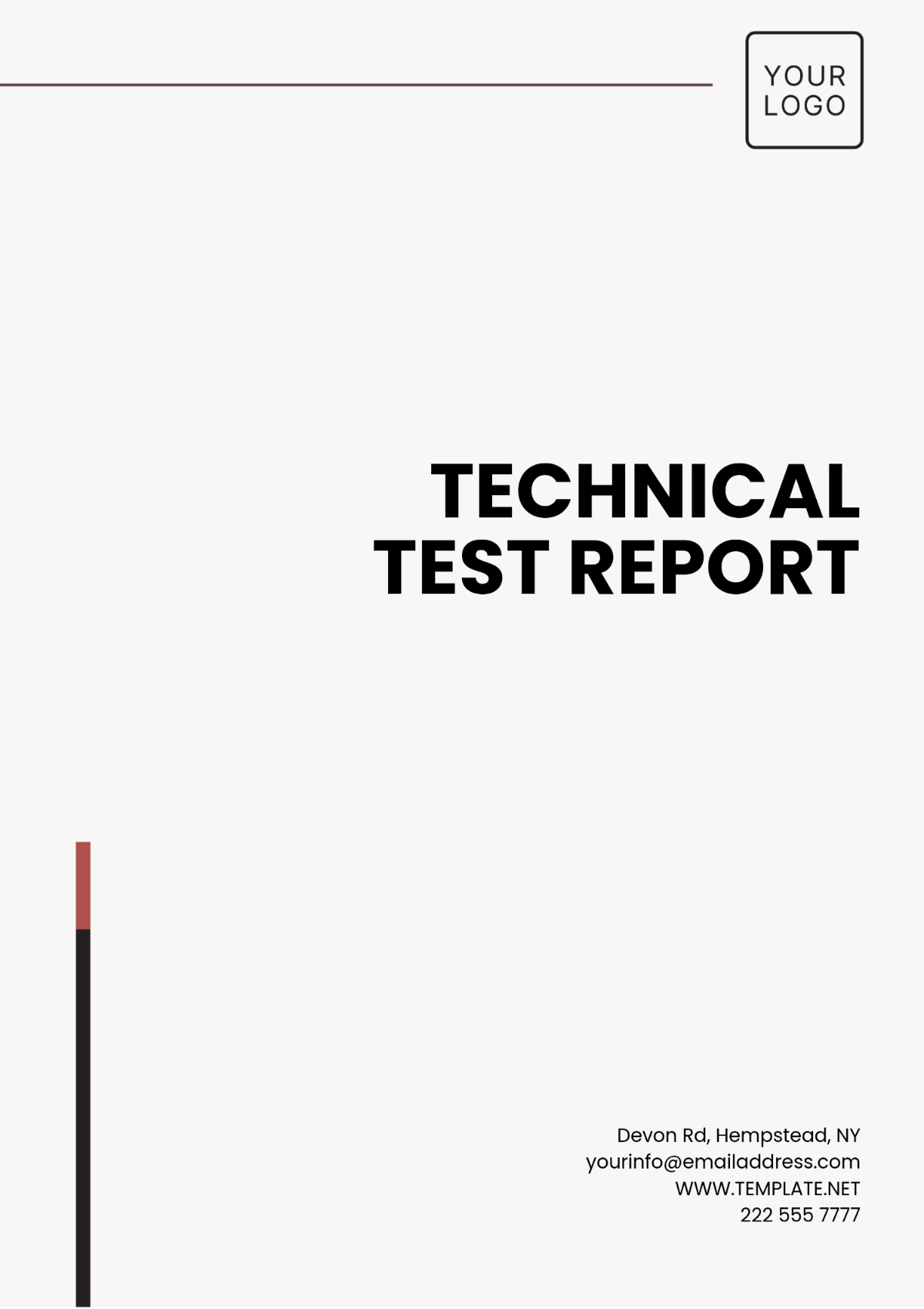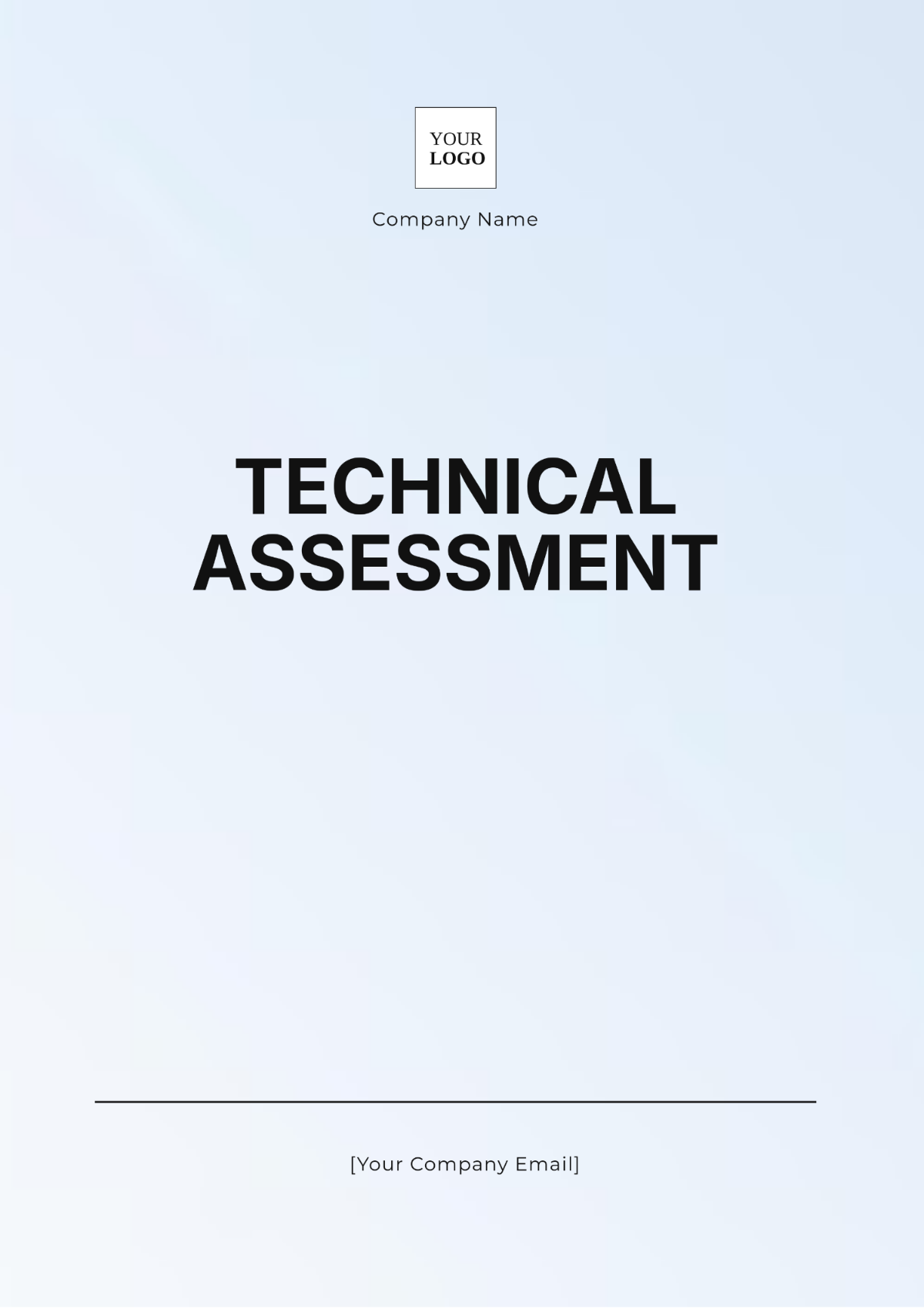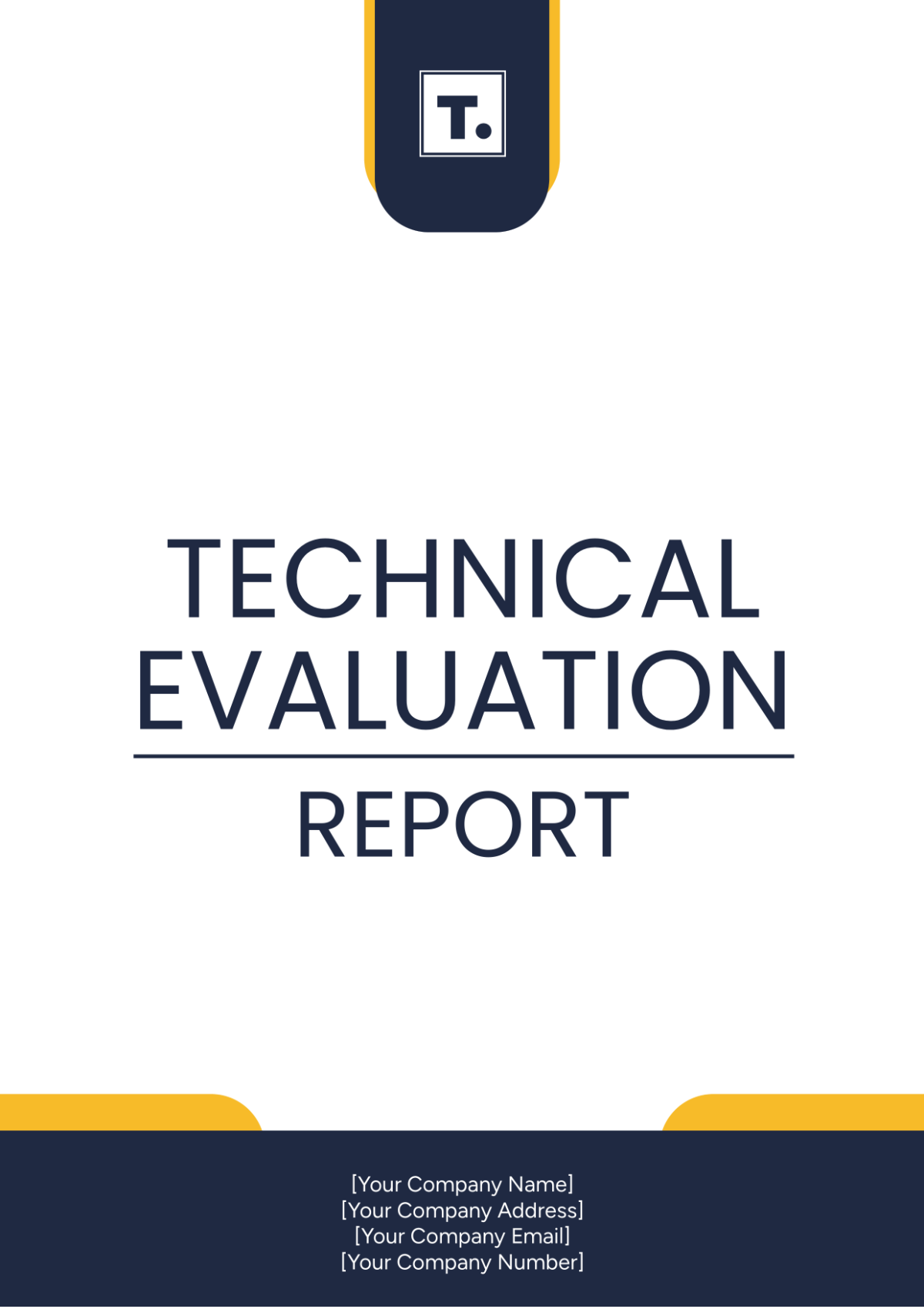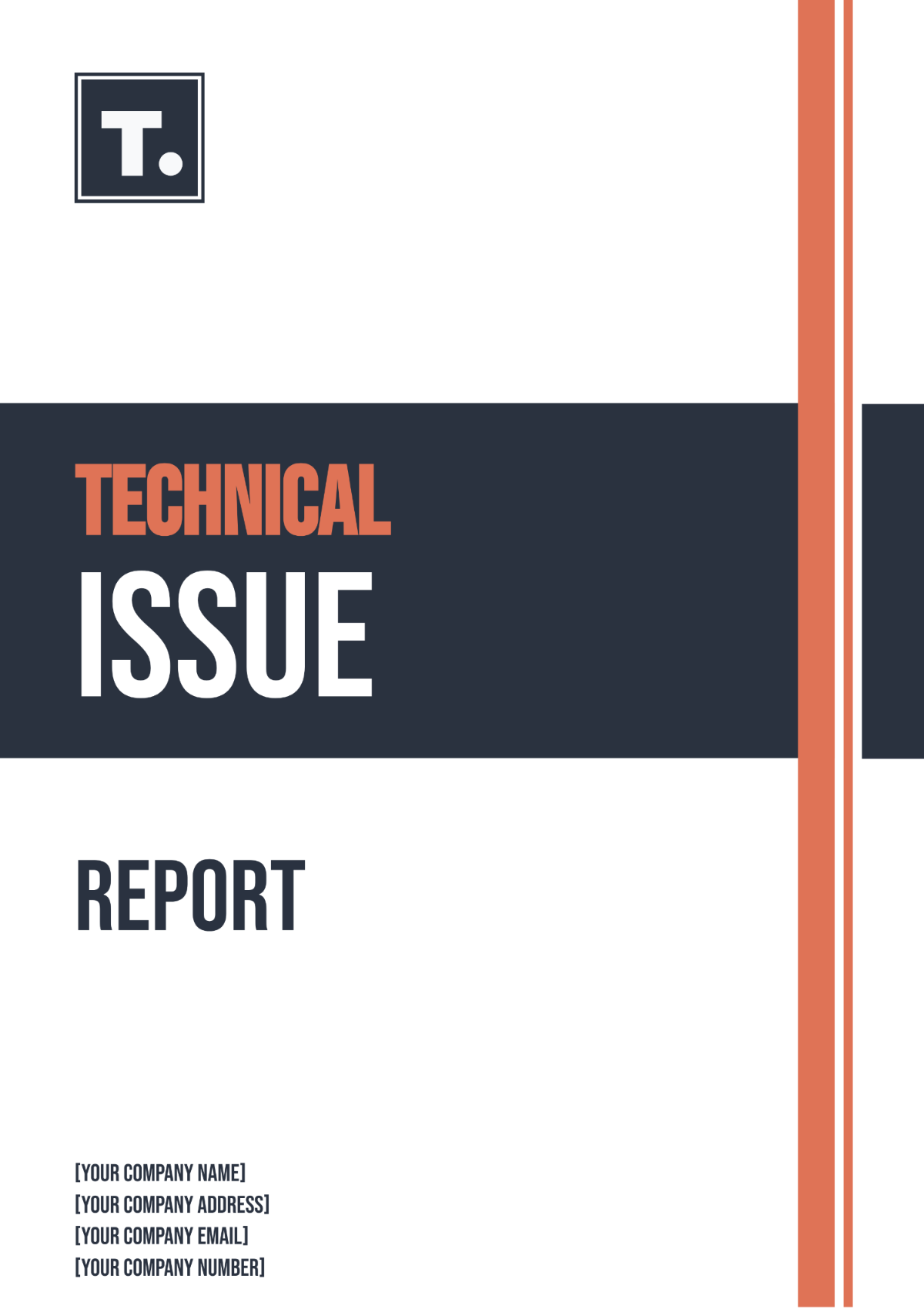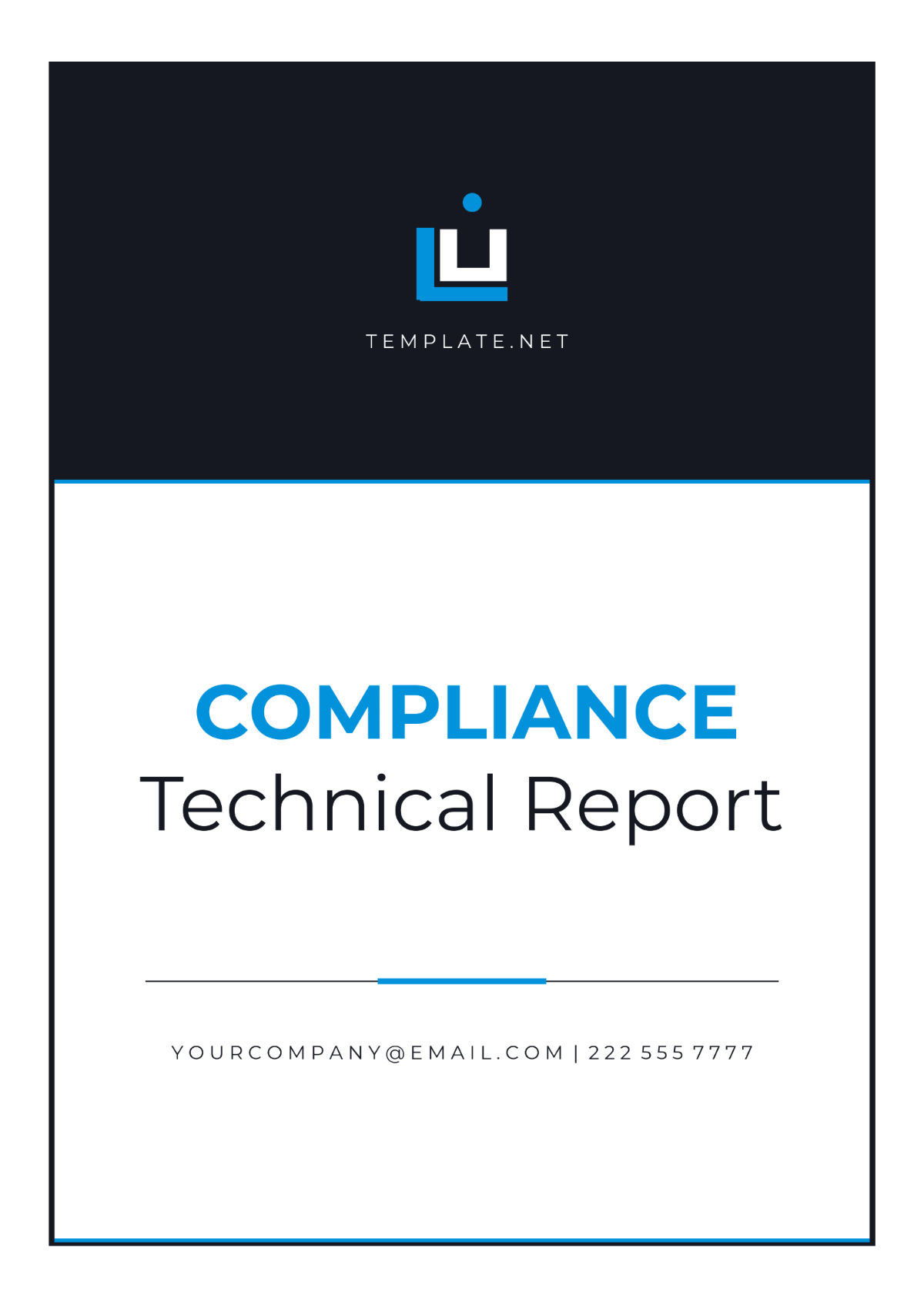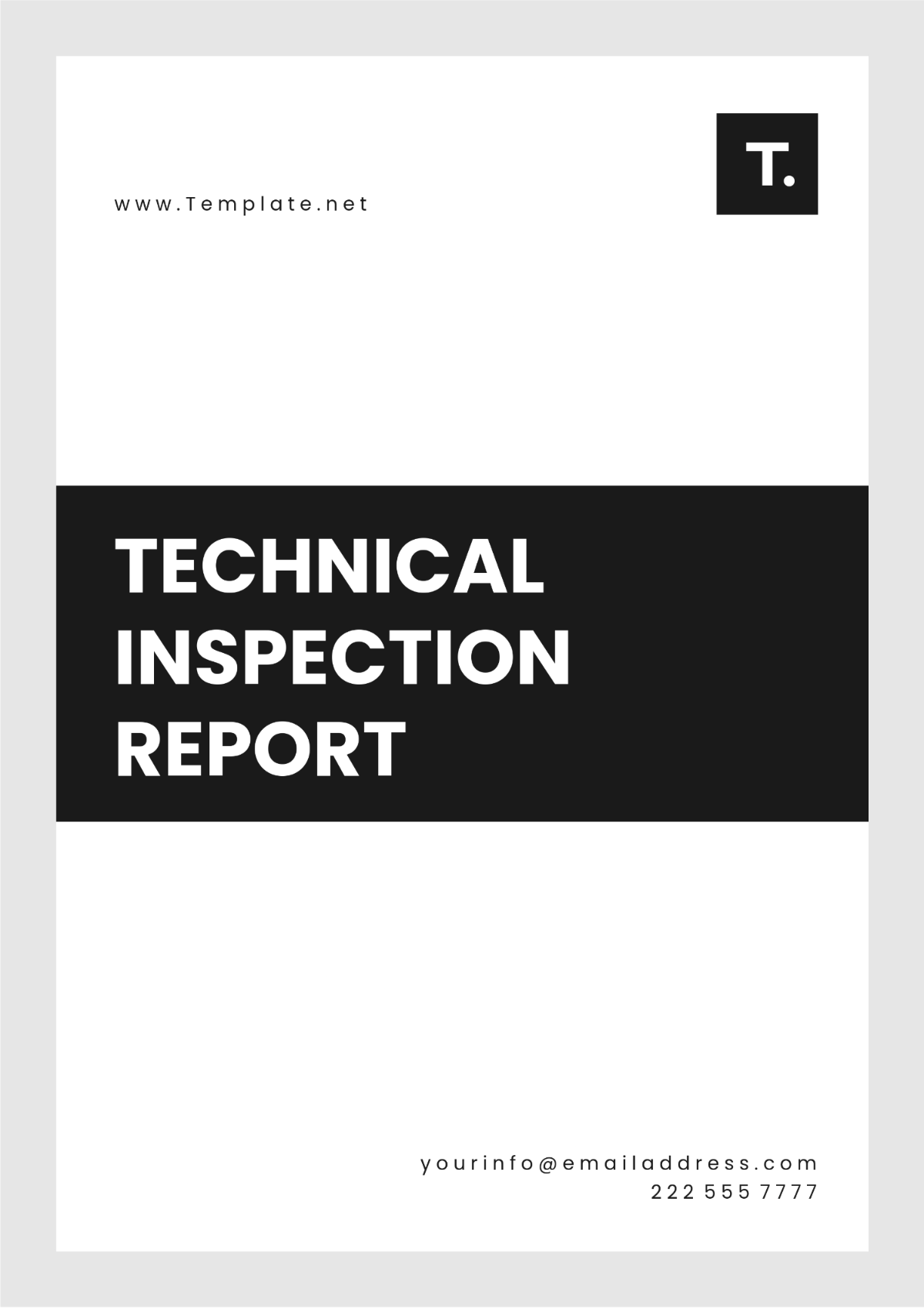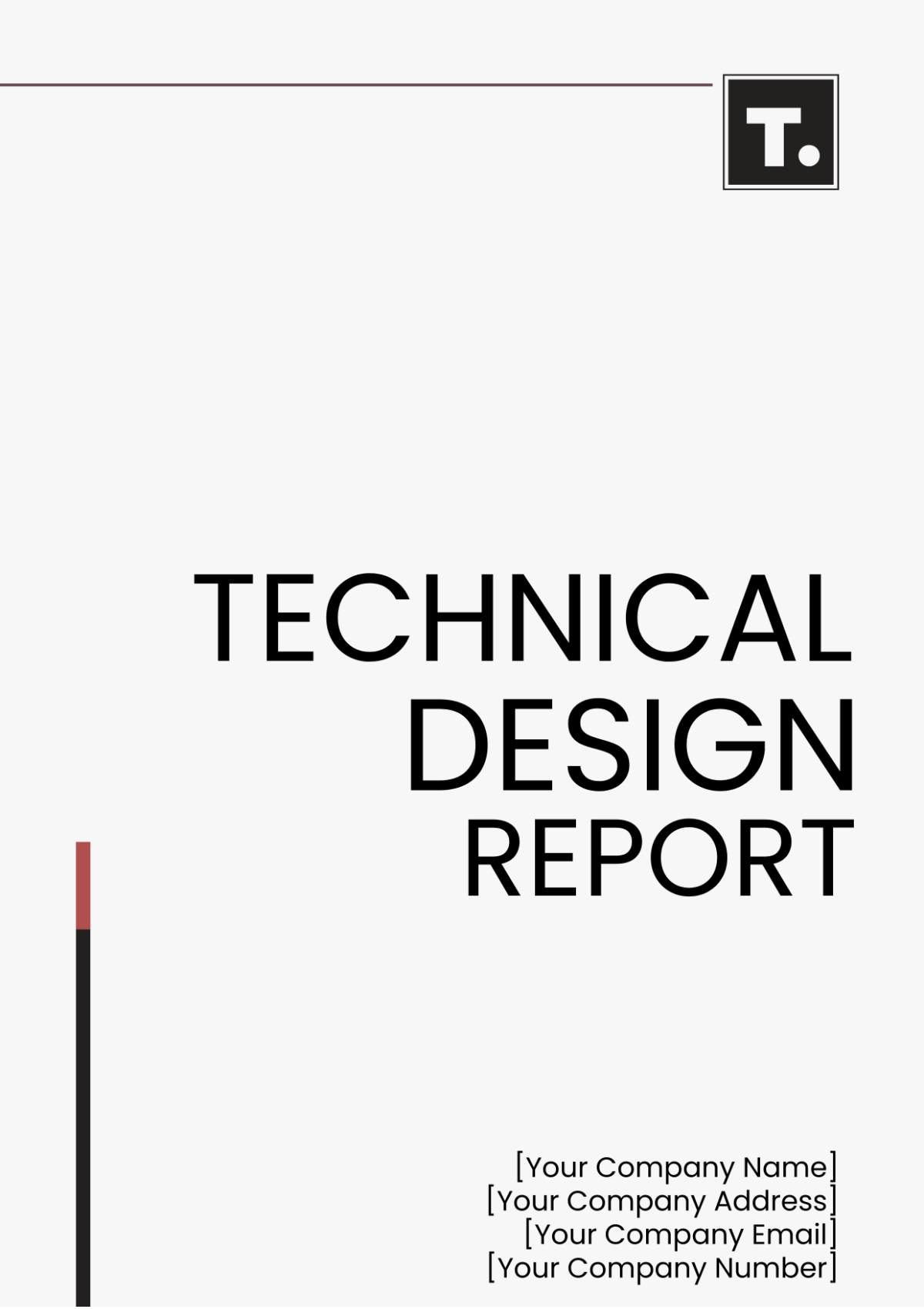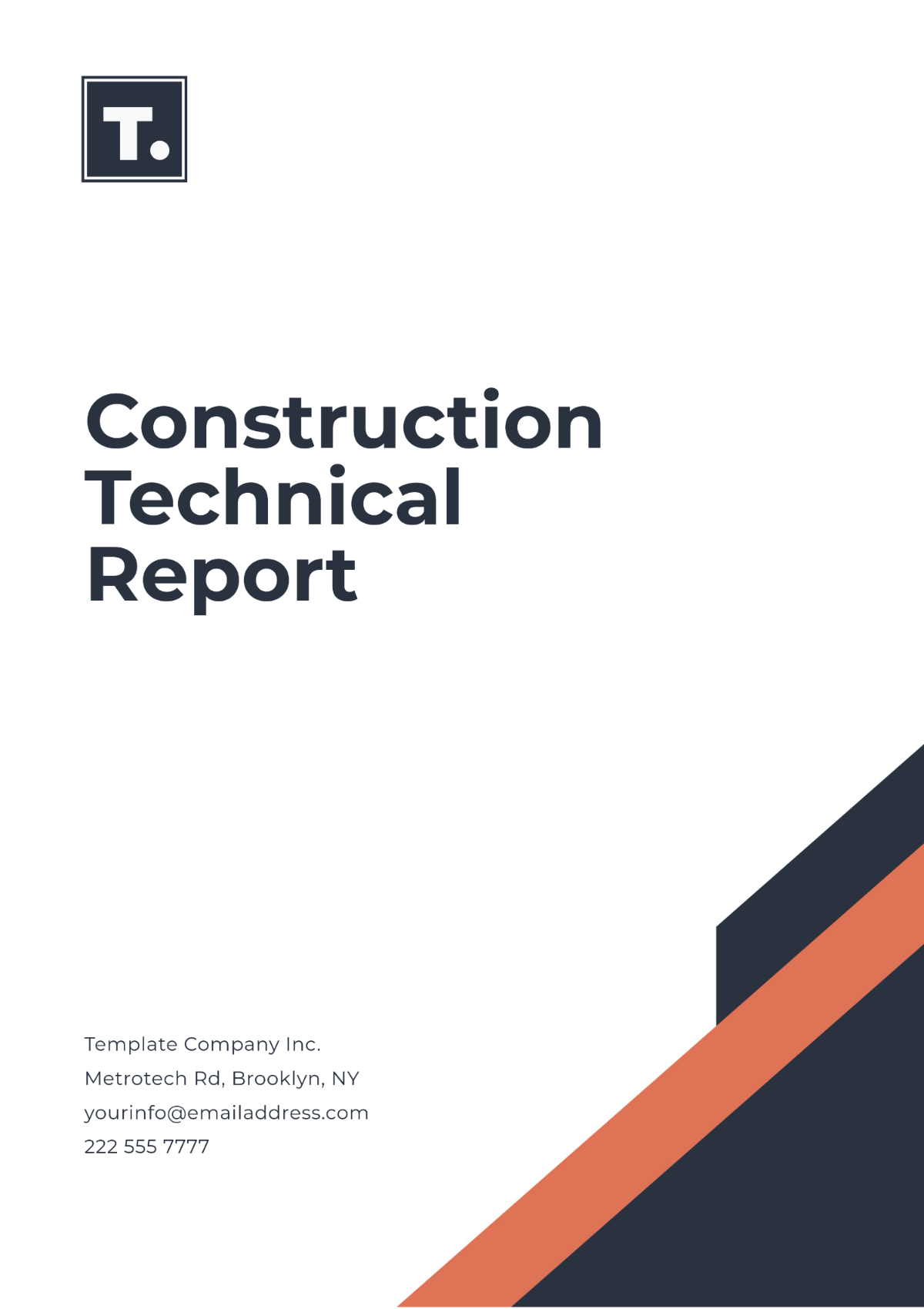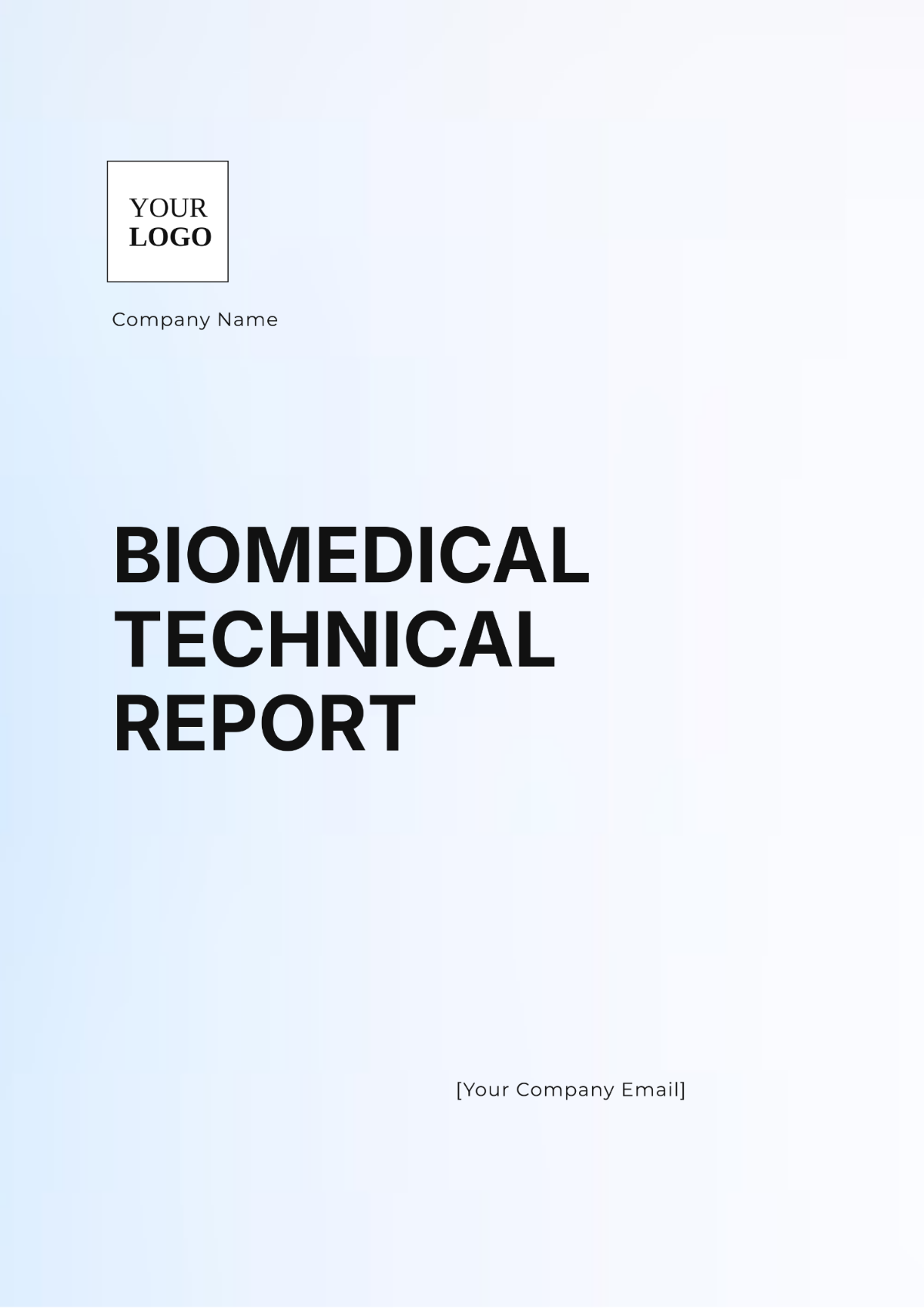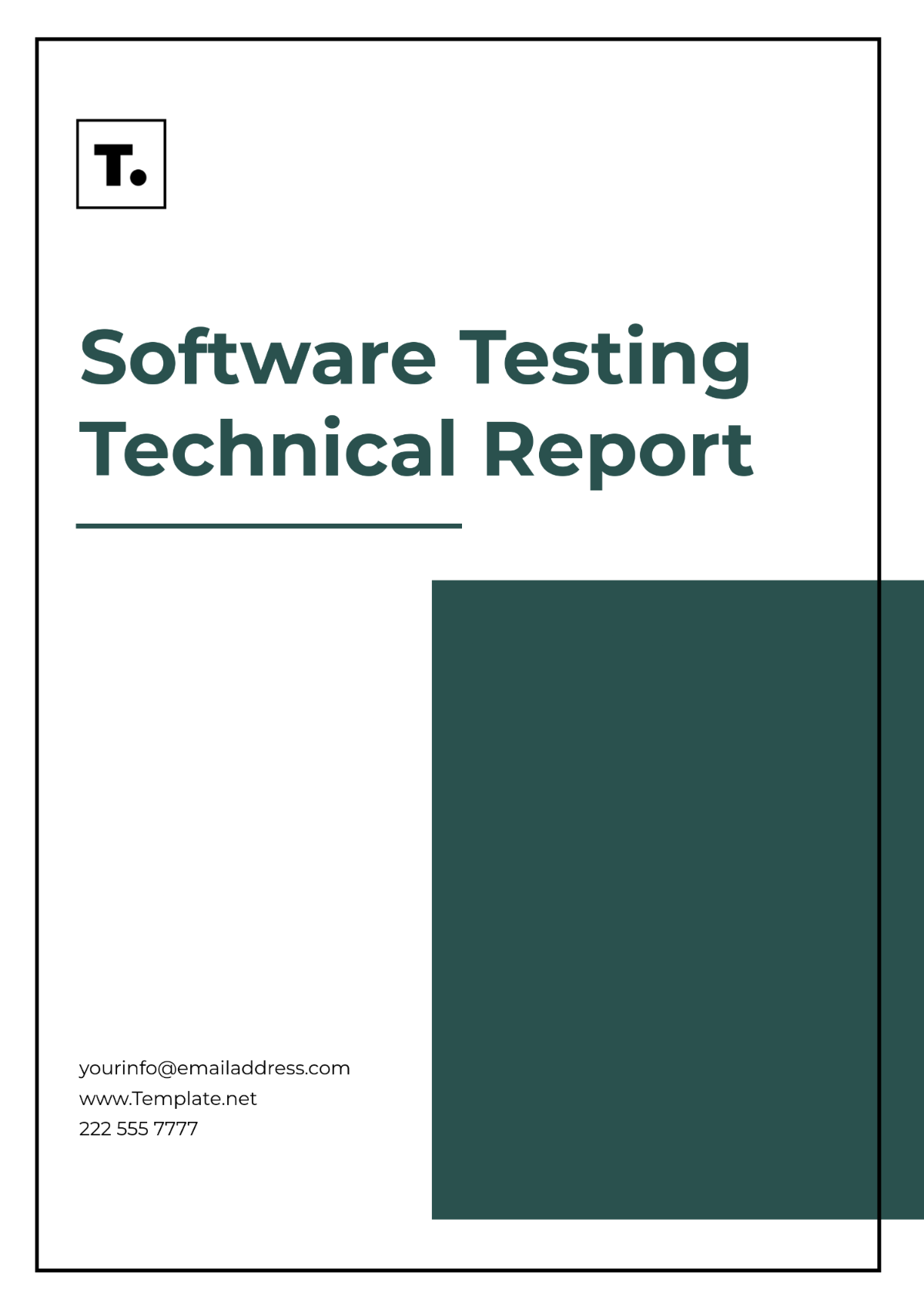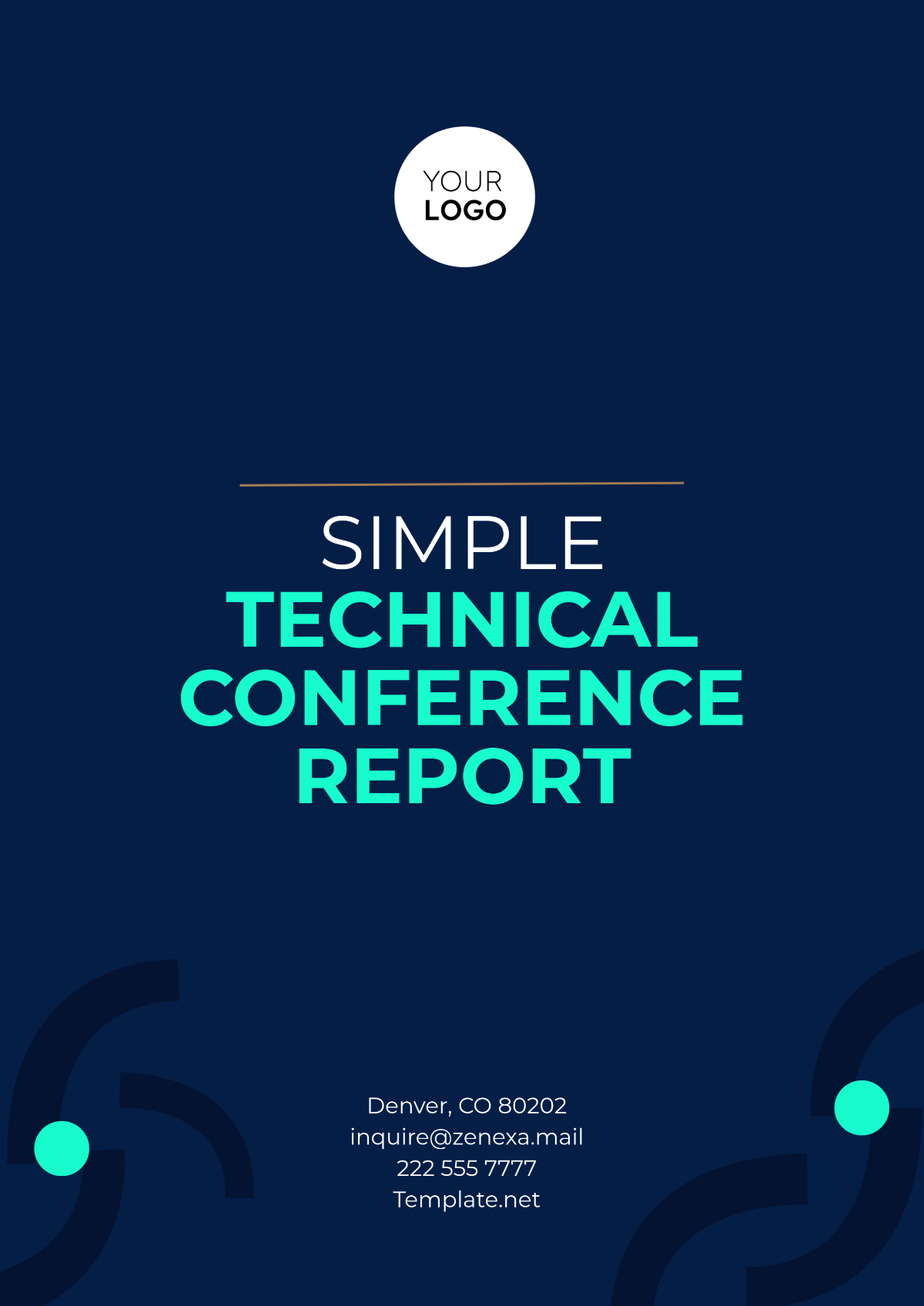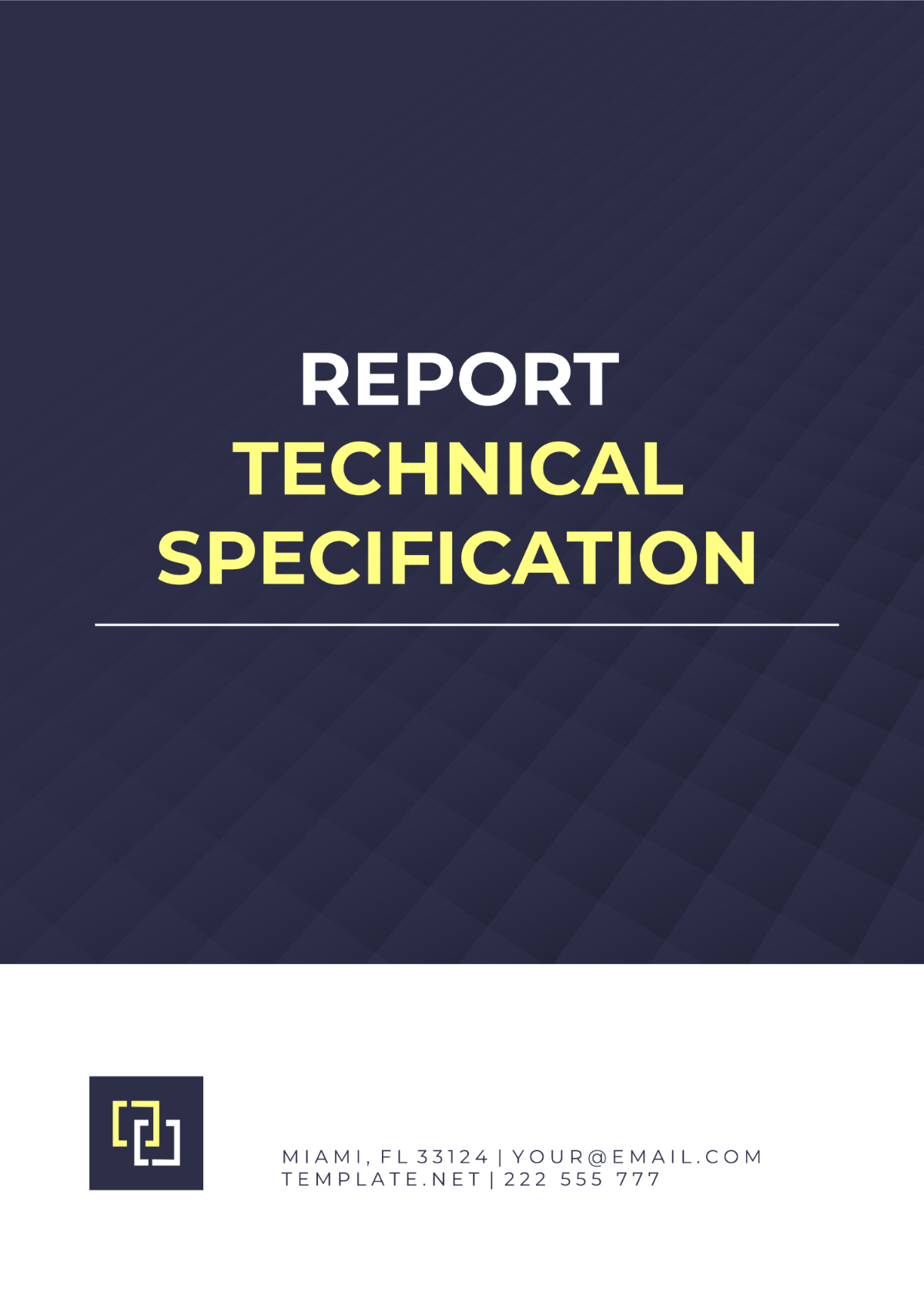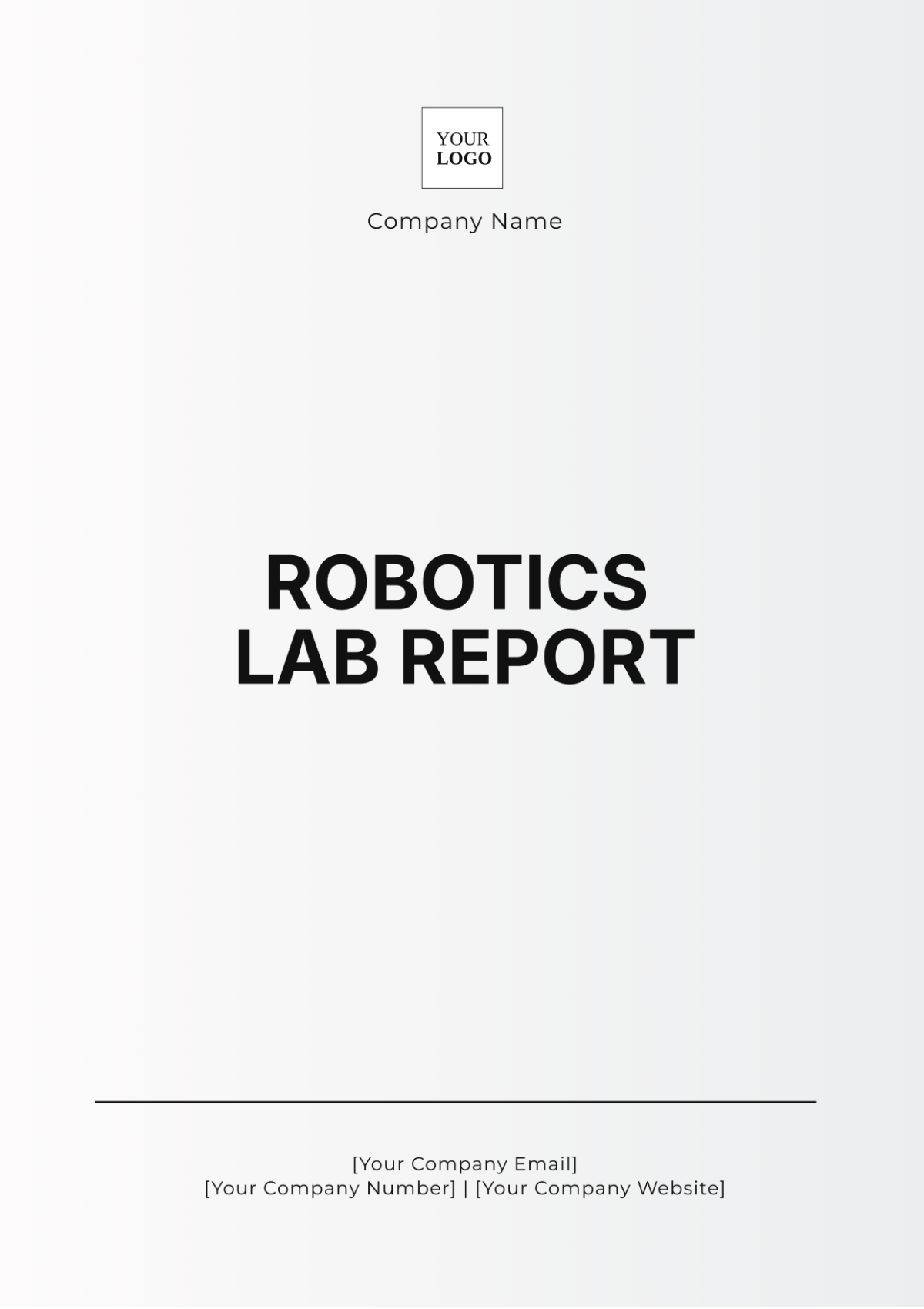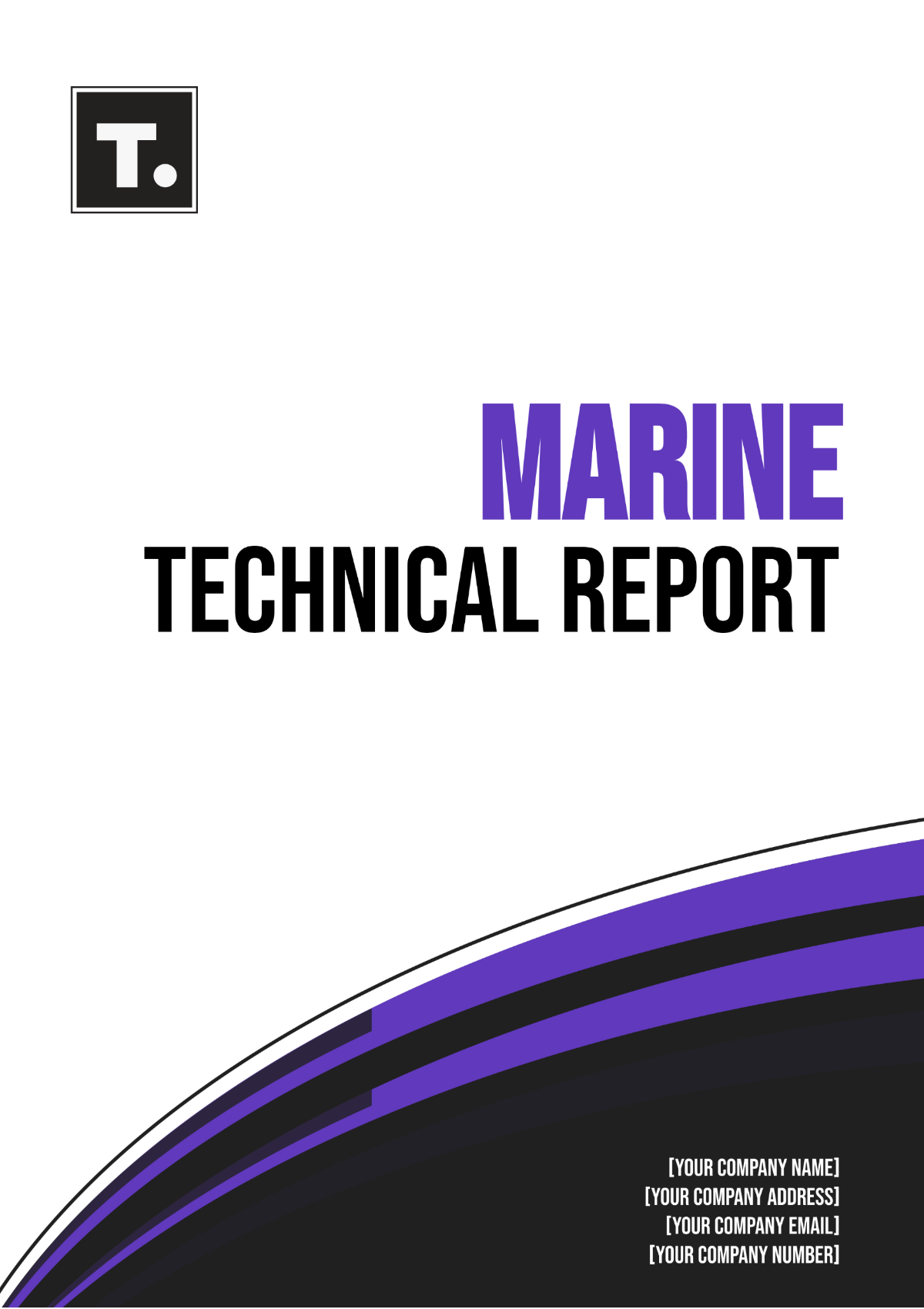Technical Design Report
Author: [Your Name]
Company: [Your Company Name]
Date: January 10, 2051
I. Executive Summary
This Technical Design Report outlines the design and implementation strategy for the new software platform aimed at improving user interaction and system efficiency. Key elements include:
Overall project objectives
System architecture
Development methodology
Risk management
Implementation timeline
II. Introduction
The purpose of this report is to provide a comprehensive technical design for the software platform. It contains detailed information on system requirements, architecture, and design considerations.
III. System Requirements
A. Functional Requirements
Outlined below are the primary functional requirements:
User Authentication
Data Processing
Report Generation
Administrative Controls
B. Non-Functional Requirements
The following non-functional requirements have been identified:
Performance and Scalability
Security Protocols
Usability and Accessibility
Maintainability
IV. System Architecture
The system architecture is designed to ensure robustness, scalability, and maintainability.
A. High-Level Architecture
The high-level architecture consists of the following components:
Client Application
Web Server
Database Server
External Interfaces
Component | Description |
|---|---|
Client Application | Facilitates user interaction with the system |
Web Server | Processes user requests and serves web pages |
Database Server | Stores and manages data |
External Interfaces | Allows integration with third-party services |
V. Development Methodology
The development of this software platform will follow the Agile methodology to ensure flexibility and adaptability throughout the project lifecycle.
A. Sprint Planning
Each development phase will be divided into sprints, typically lasting for two weeks, with defined goals and deliverables.
B. Scrum Meetings
Regular scrum meetings will be held to monitor progress and address issues promptly.
C. Continuous Integration
Continuous integration practices will be employed to detect and rectify issues early in the development process.
VI. Risk Management
A risk management plan will be implemented to identify, assess, and mitigate potential risks.
A. Risk Identification
Potential risks include:
Data breaches
Development delays
Resource constraints
B. Risk Mitigation Strategies
Strategies to mitigate these risks include:
Implementing robust security measures
Adopting realistic timelines
Ensuring resource availability
VII. Implementation Timeline
The project timeline is as follows:
Project Kickoff: February 1, 2051
Phase 1 Completion: June 1, 2051
Phase 2 Completion: December 1, 2051
Final Deployment: March 1, 2052
VIII. Conclusion
This Technical Design Report provides a structured approach to developing a robust, scalable, and secure software platform. The design, methodology, and risk management plans outlined in this document are essential for the successful implementation of the project.
IX. Contact Information
For further information, please contact us at [Your Company Email].
